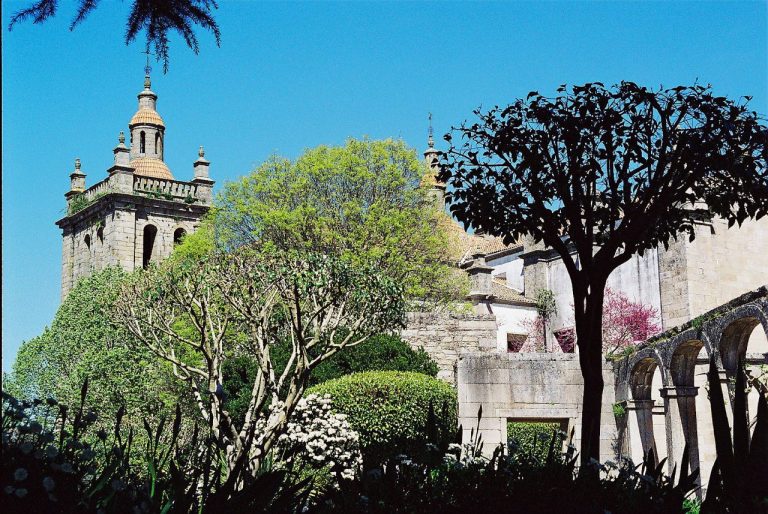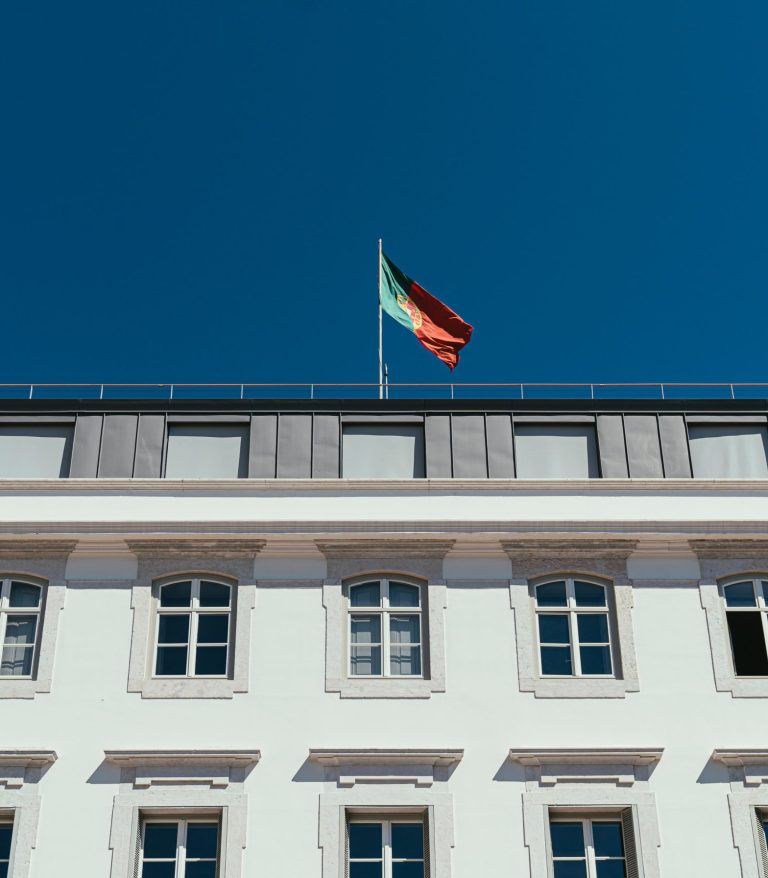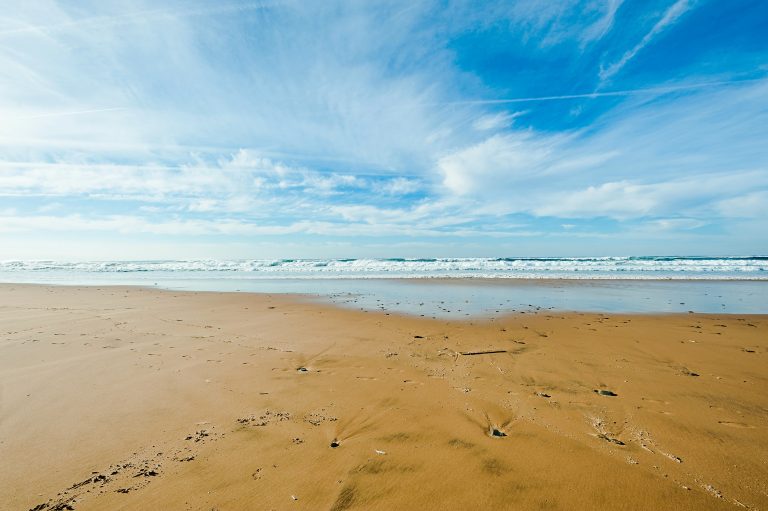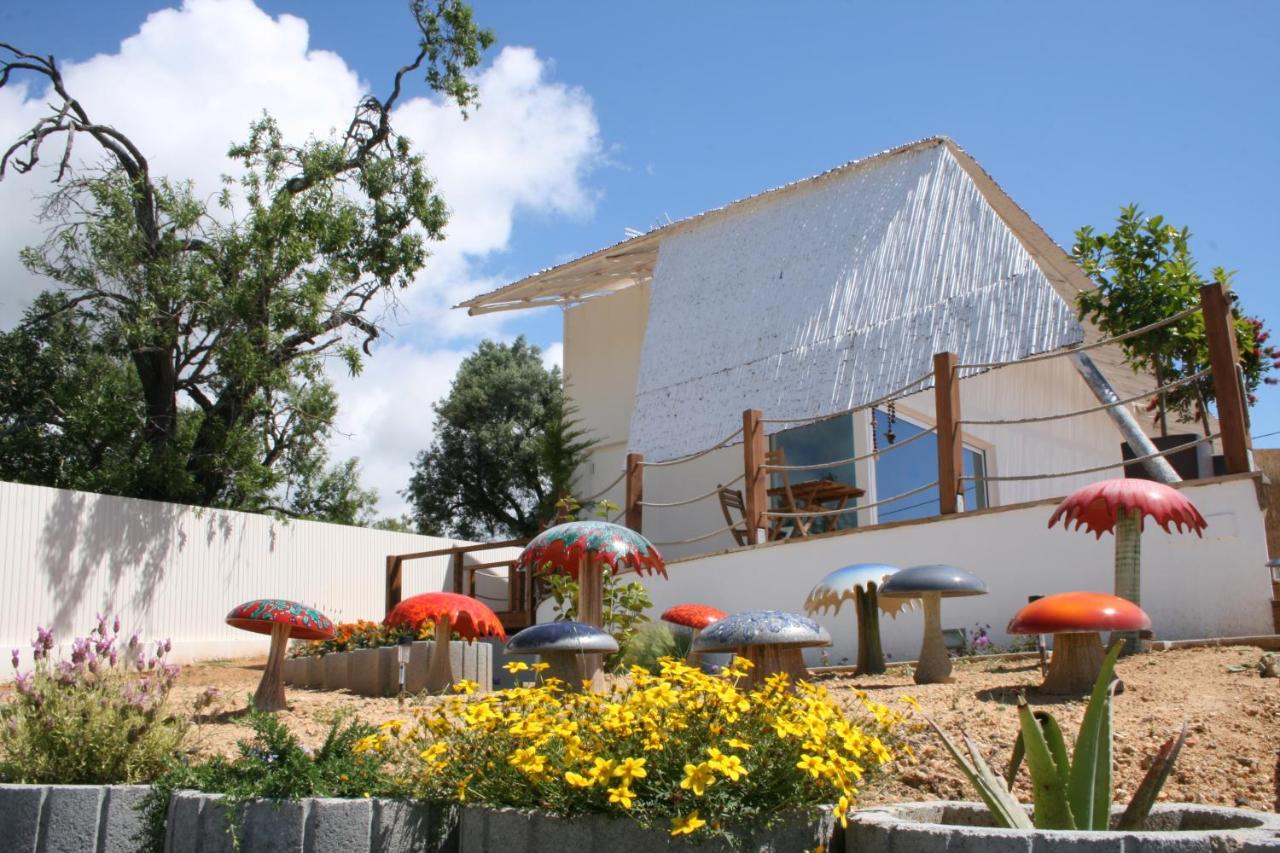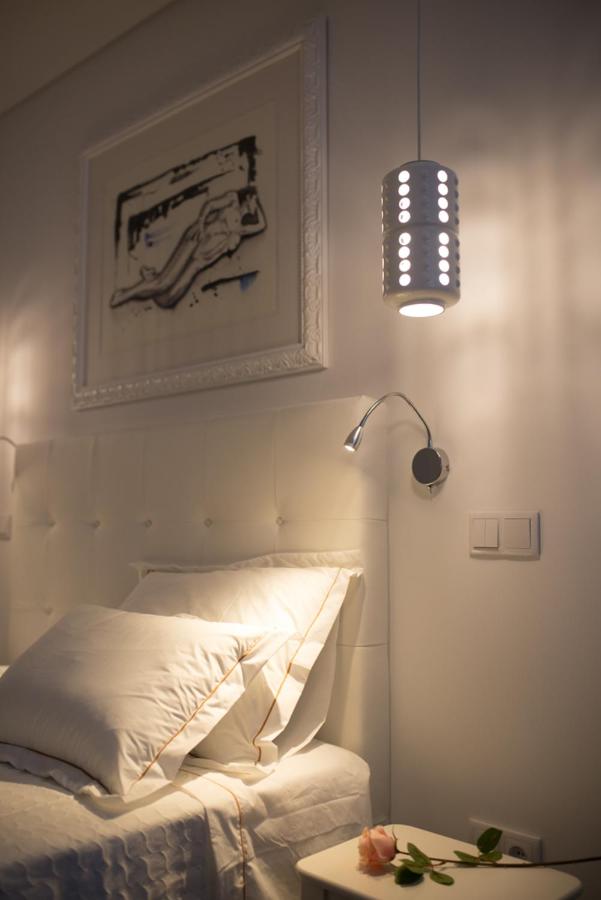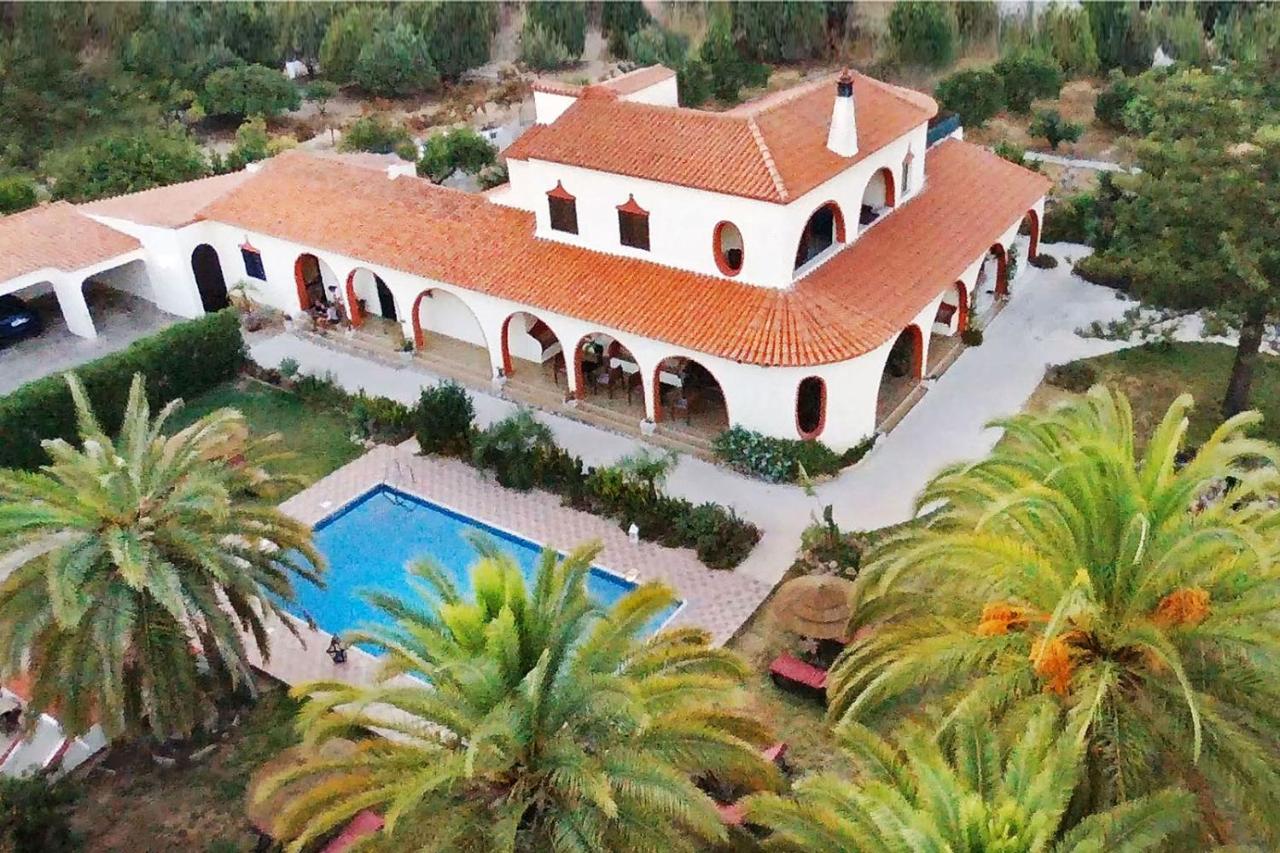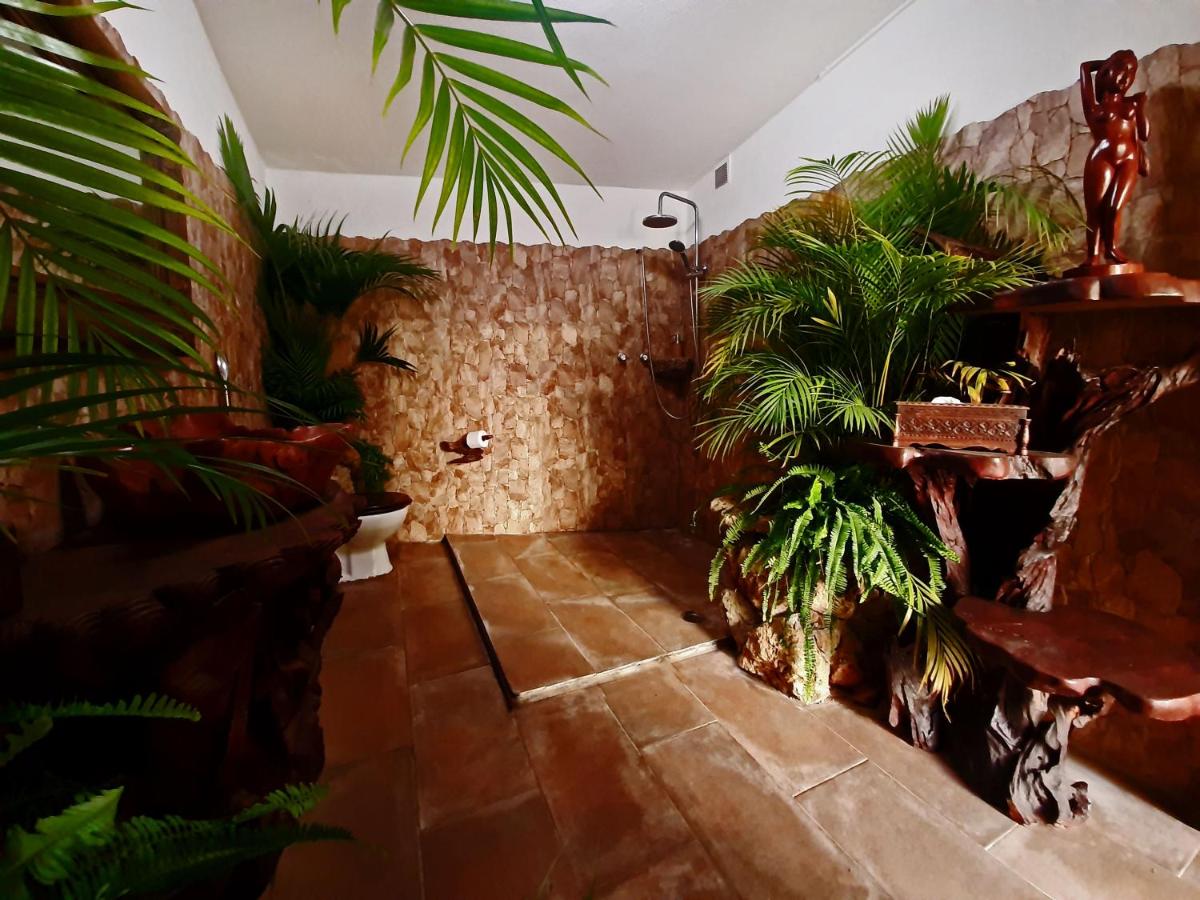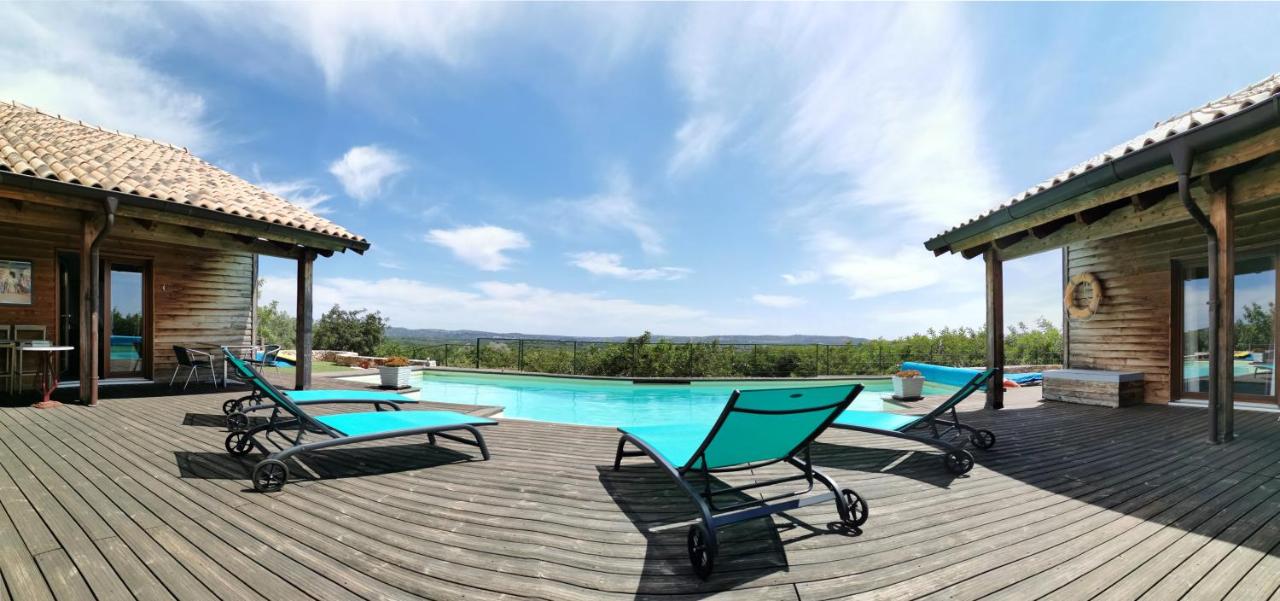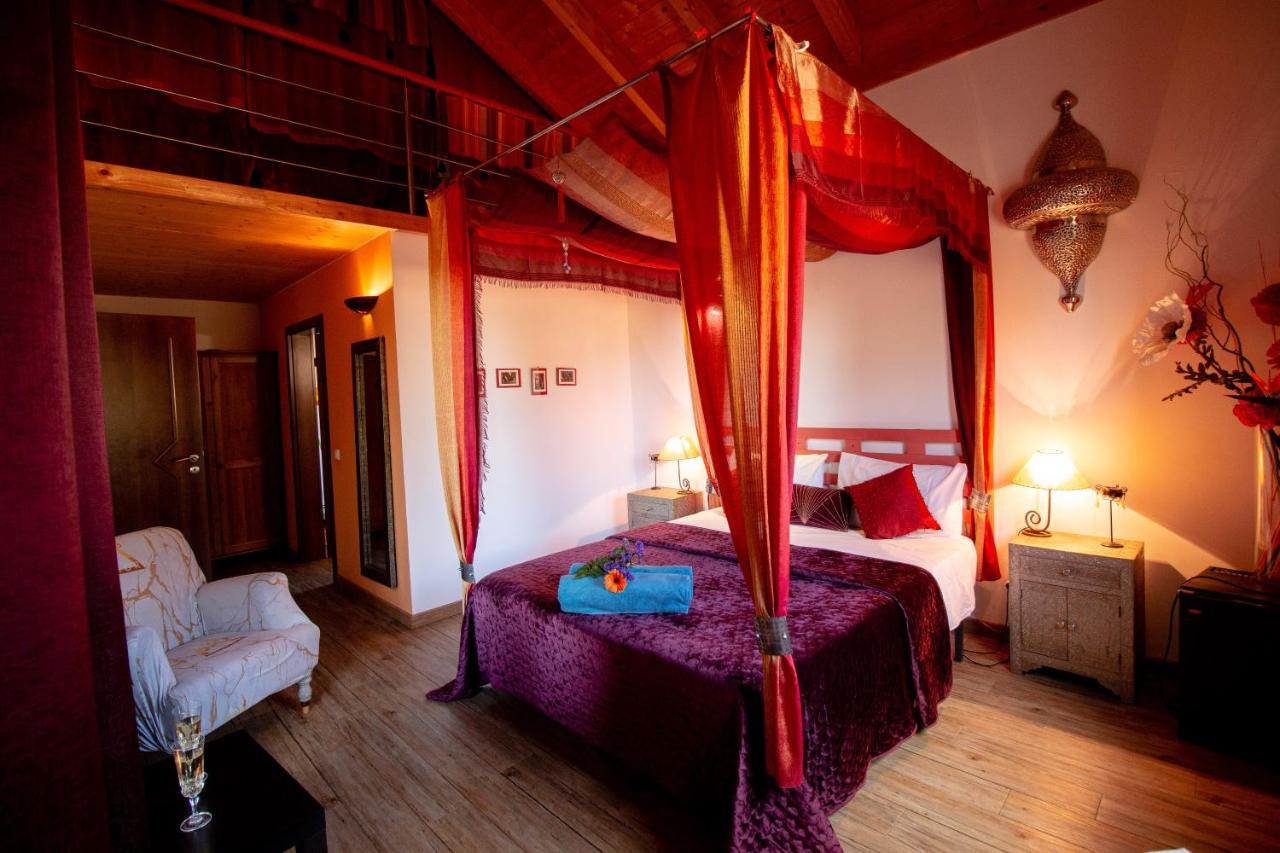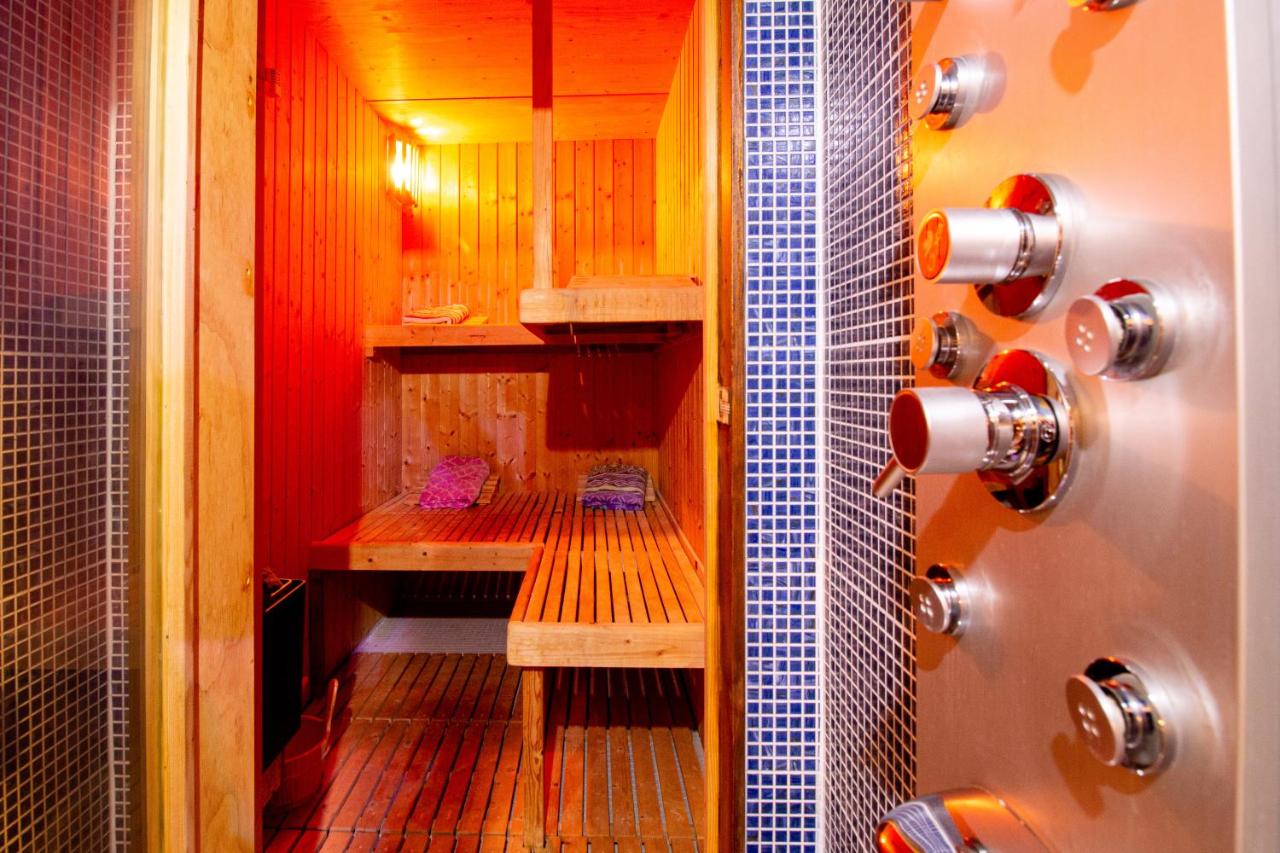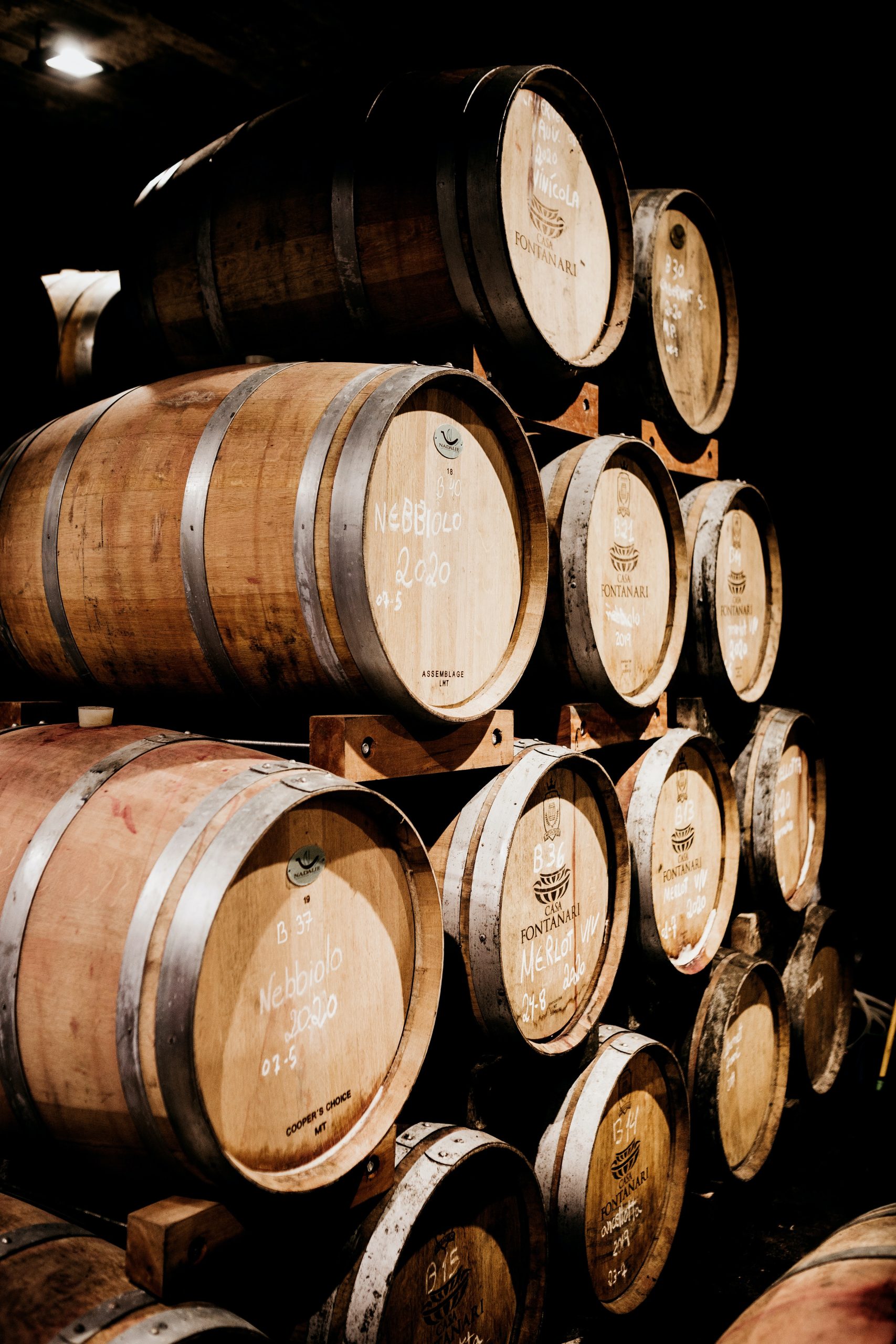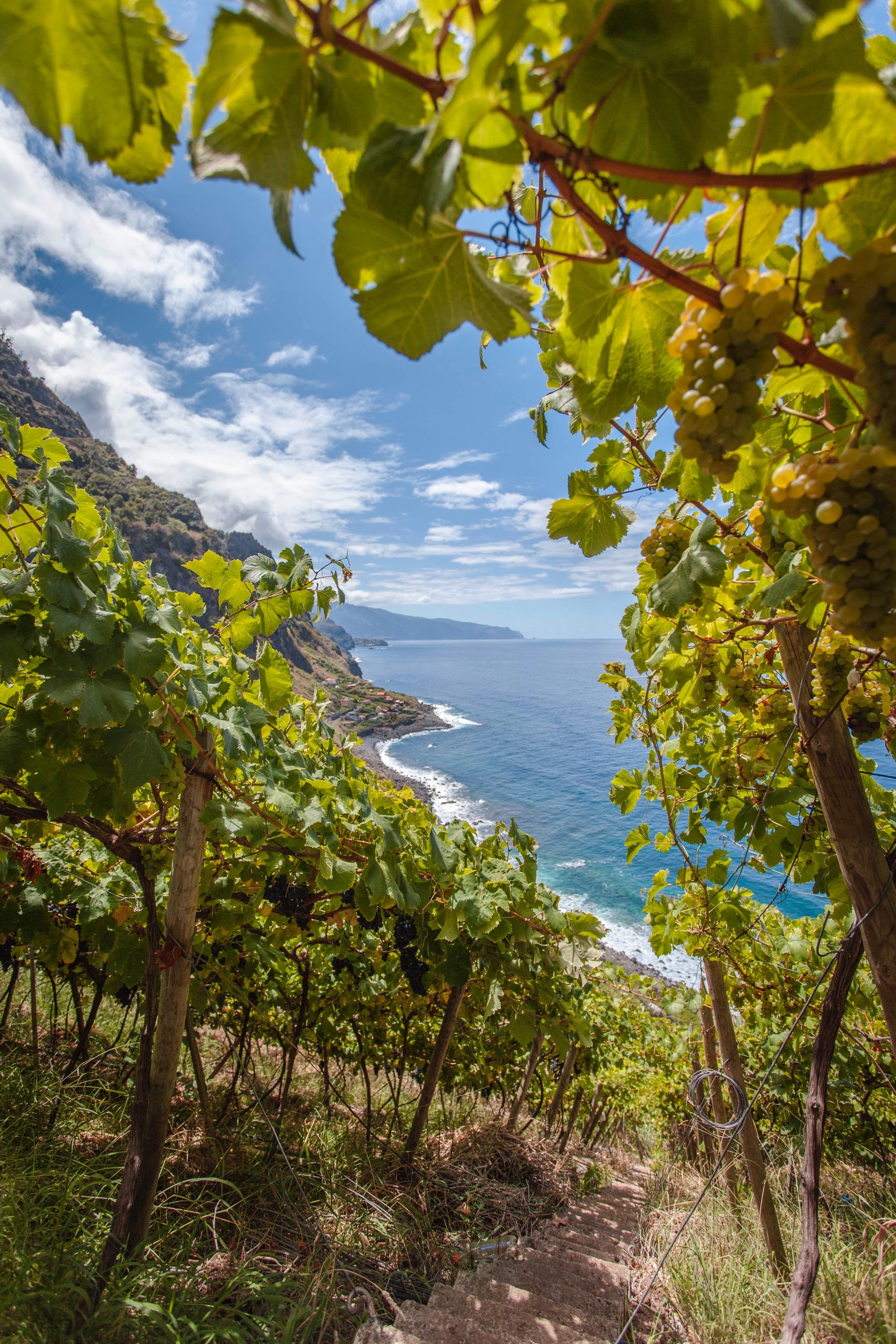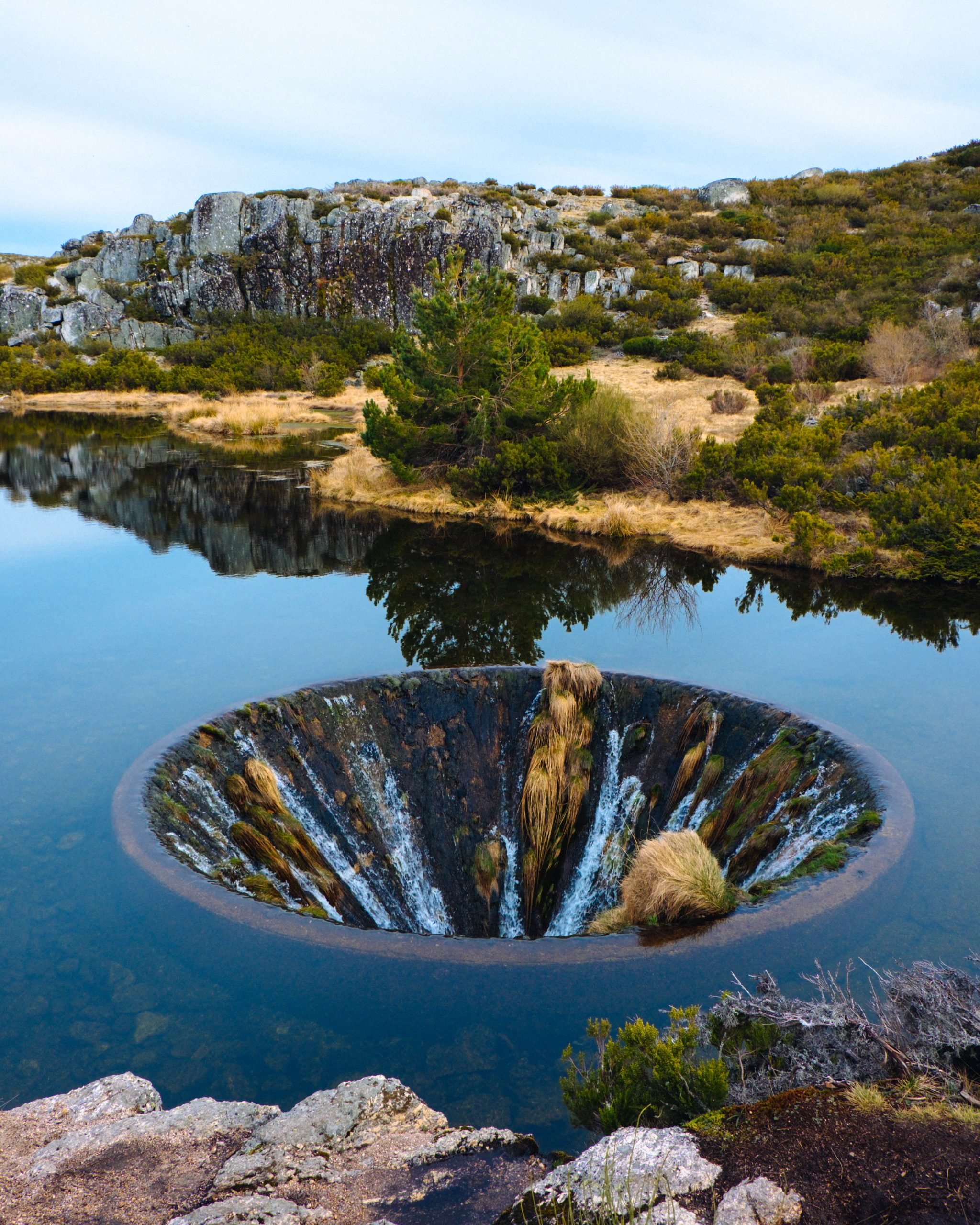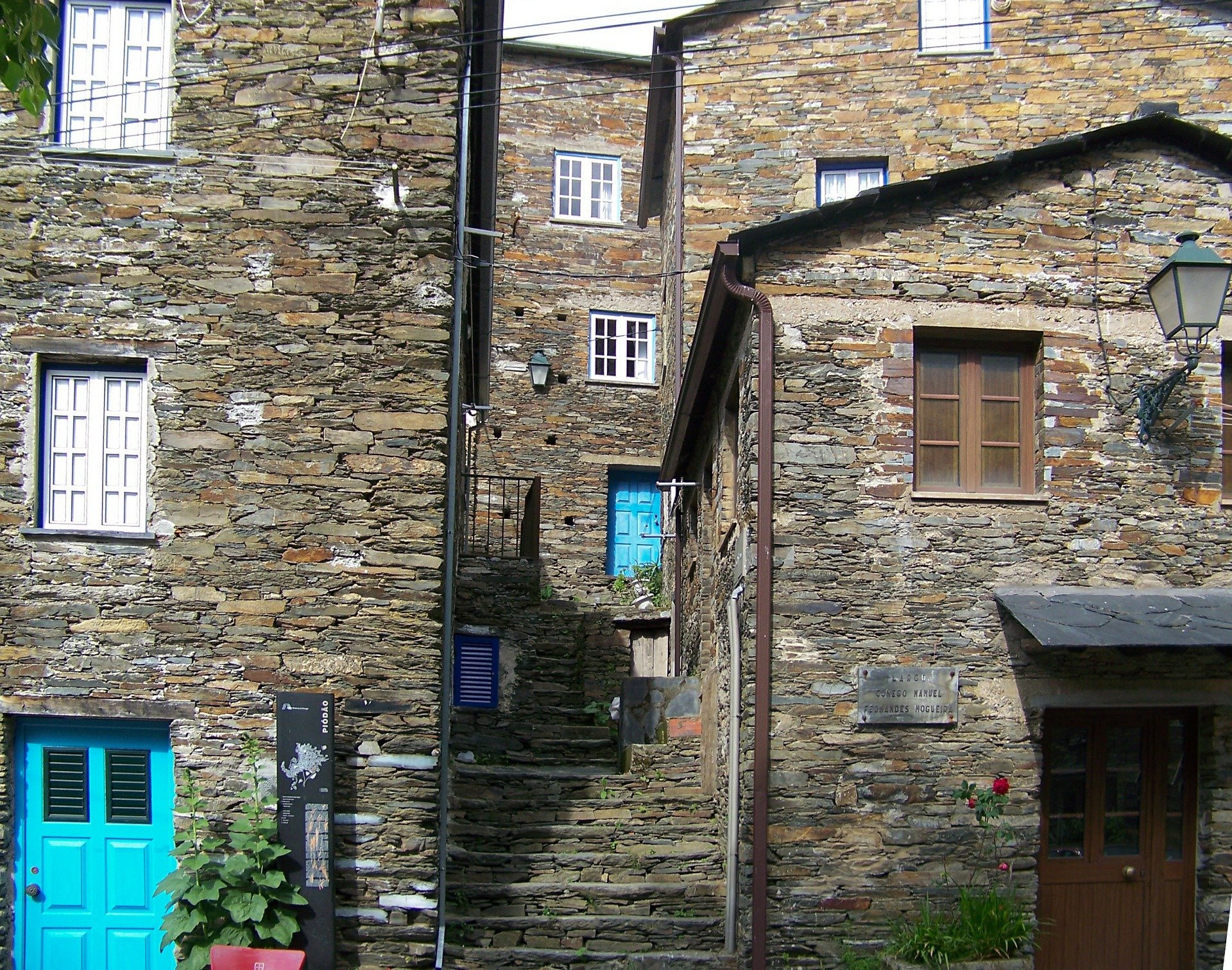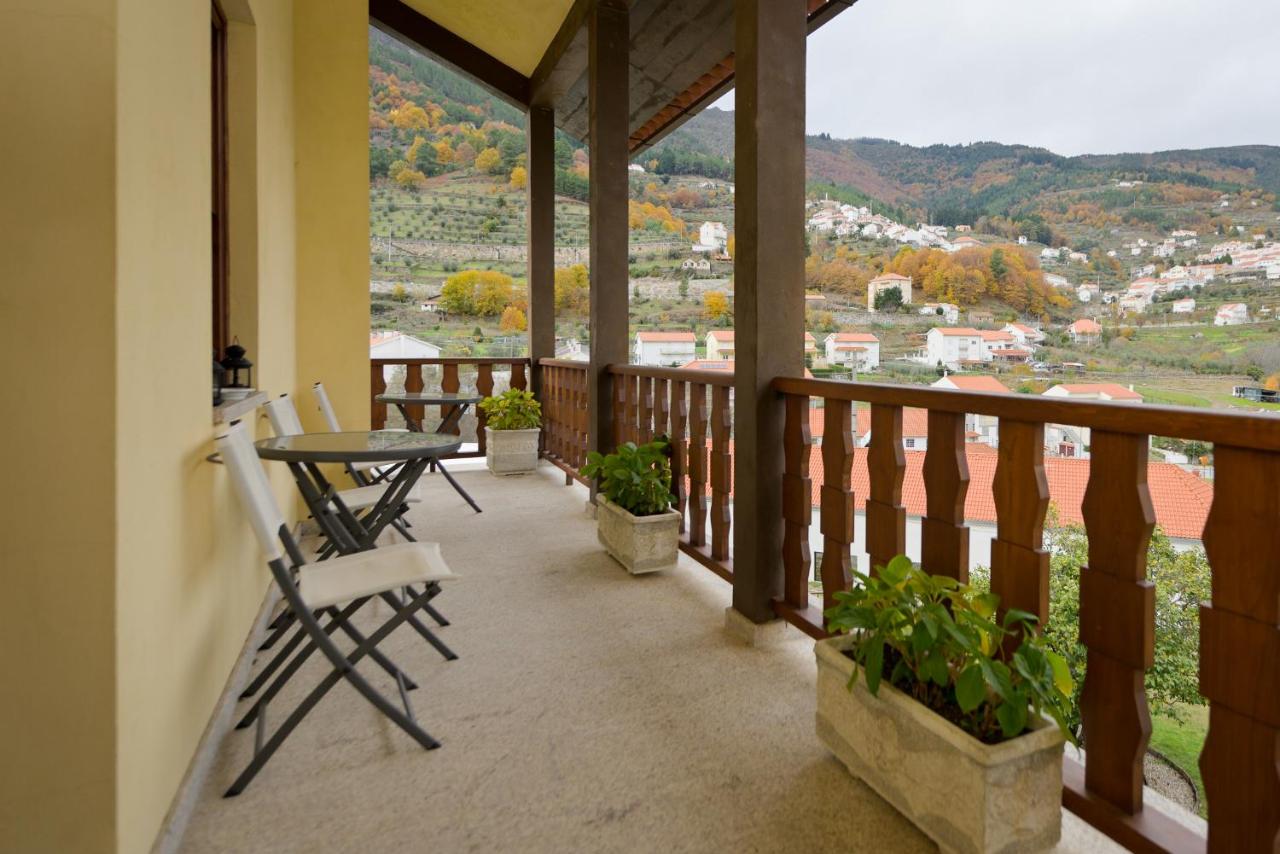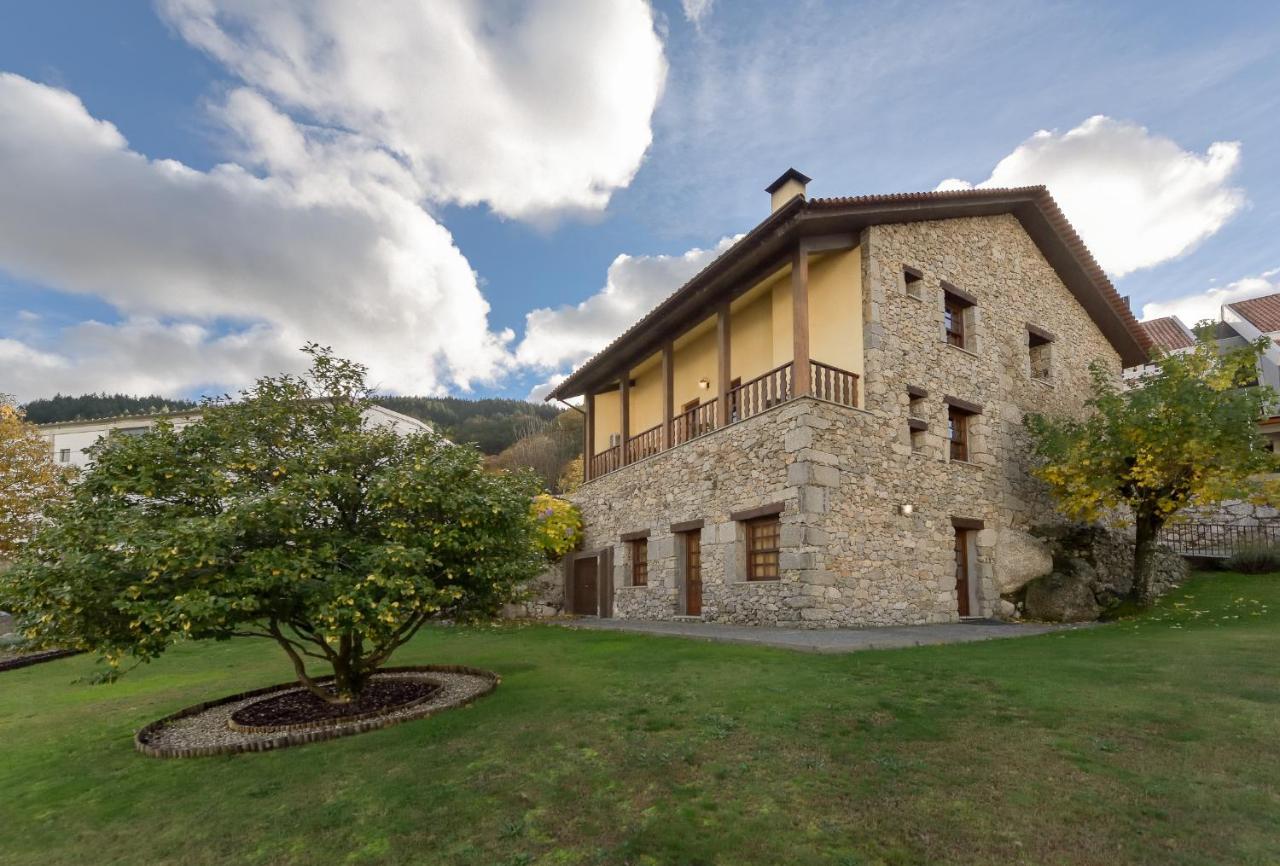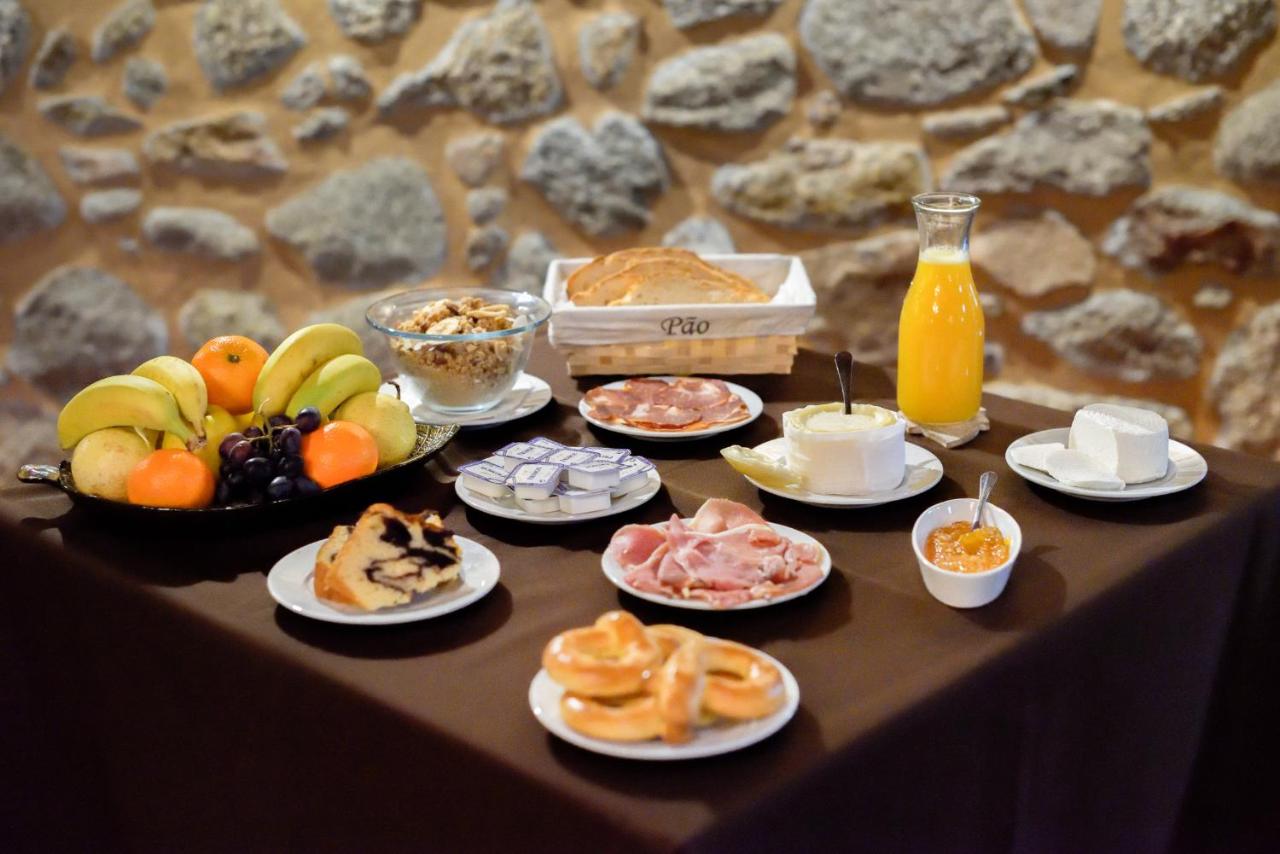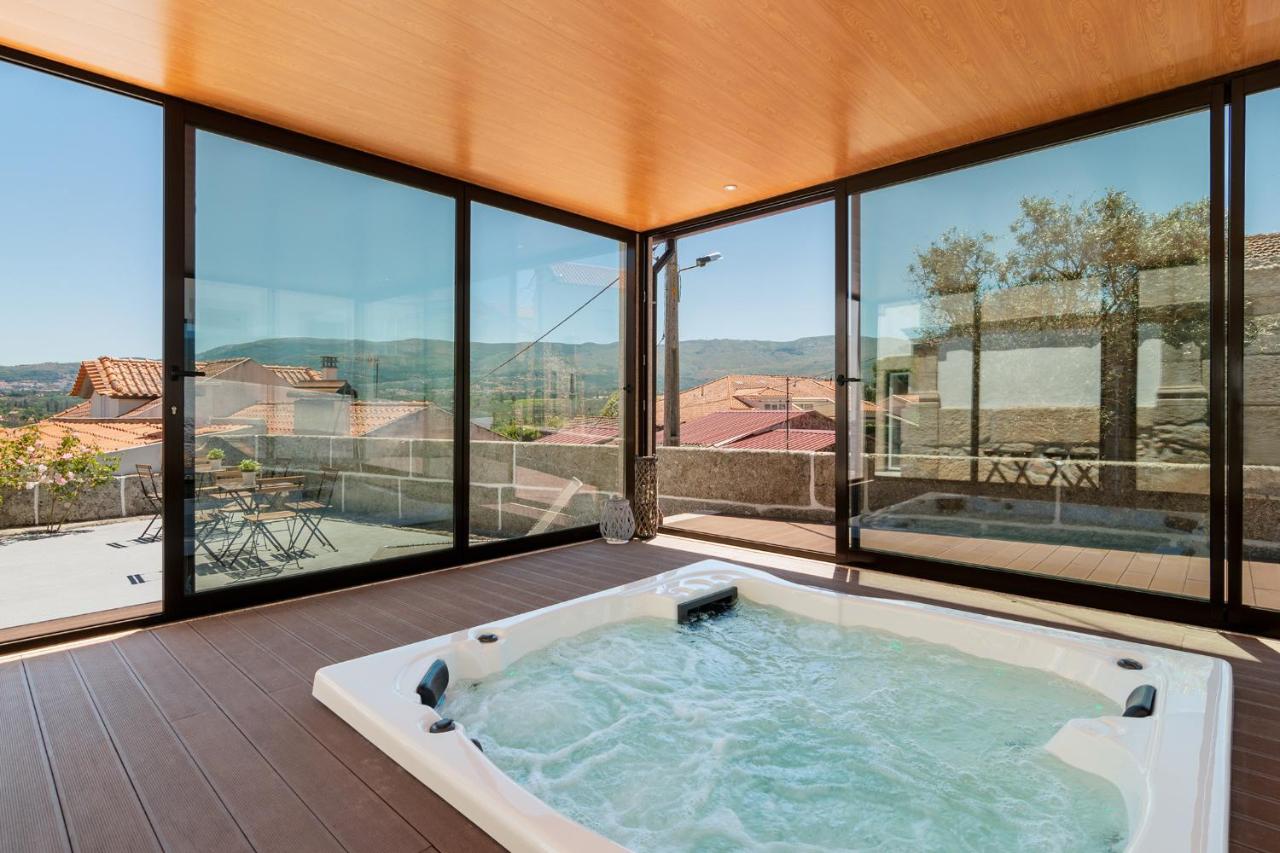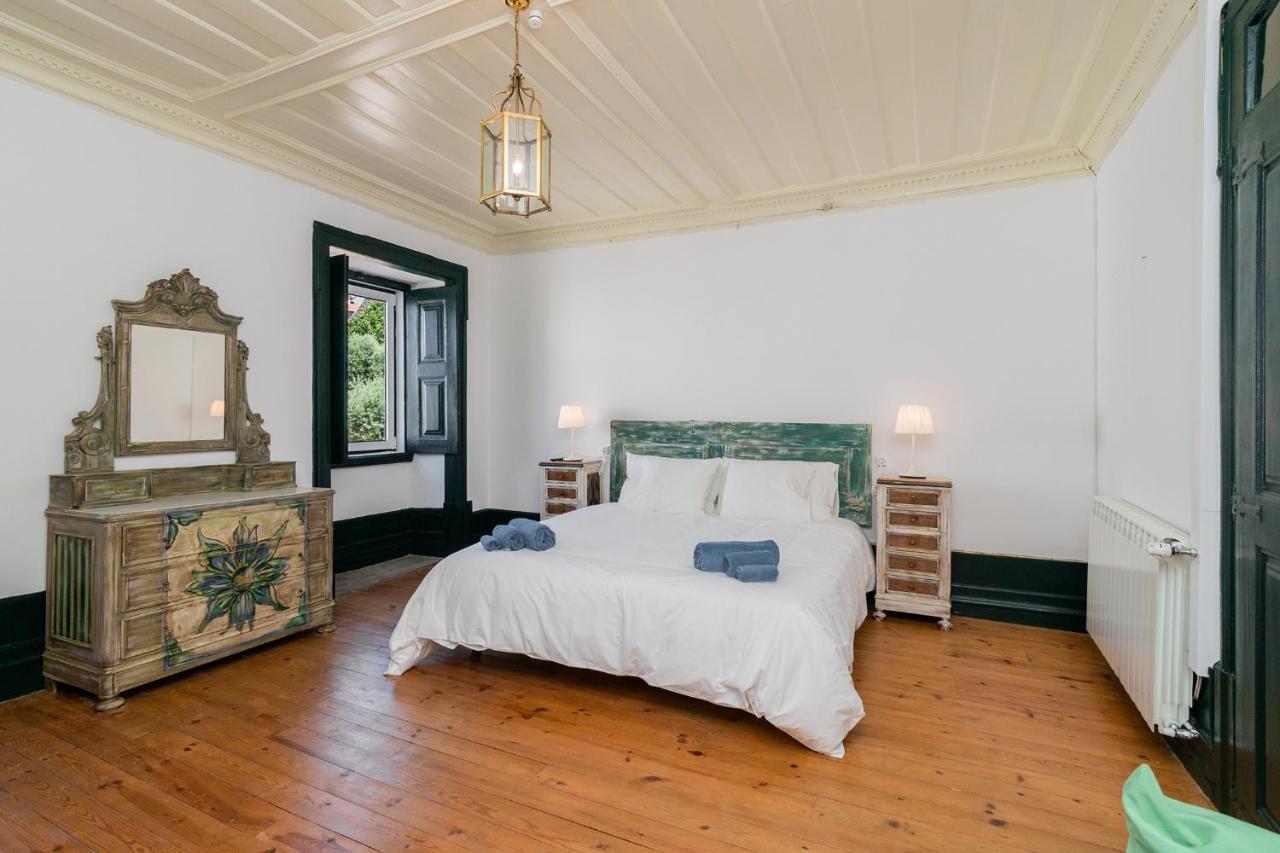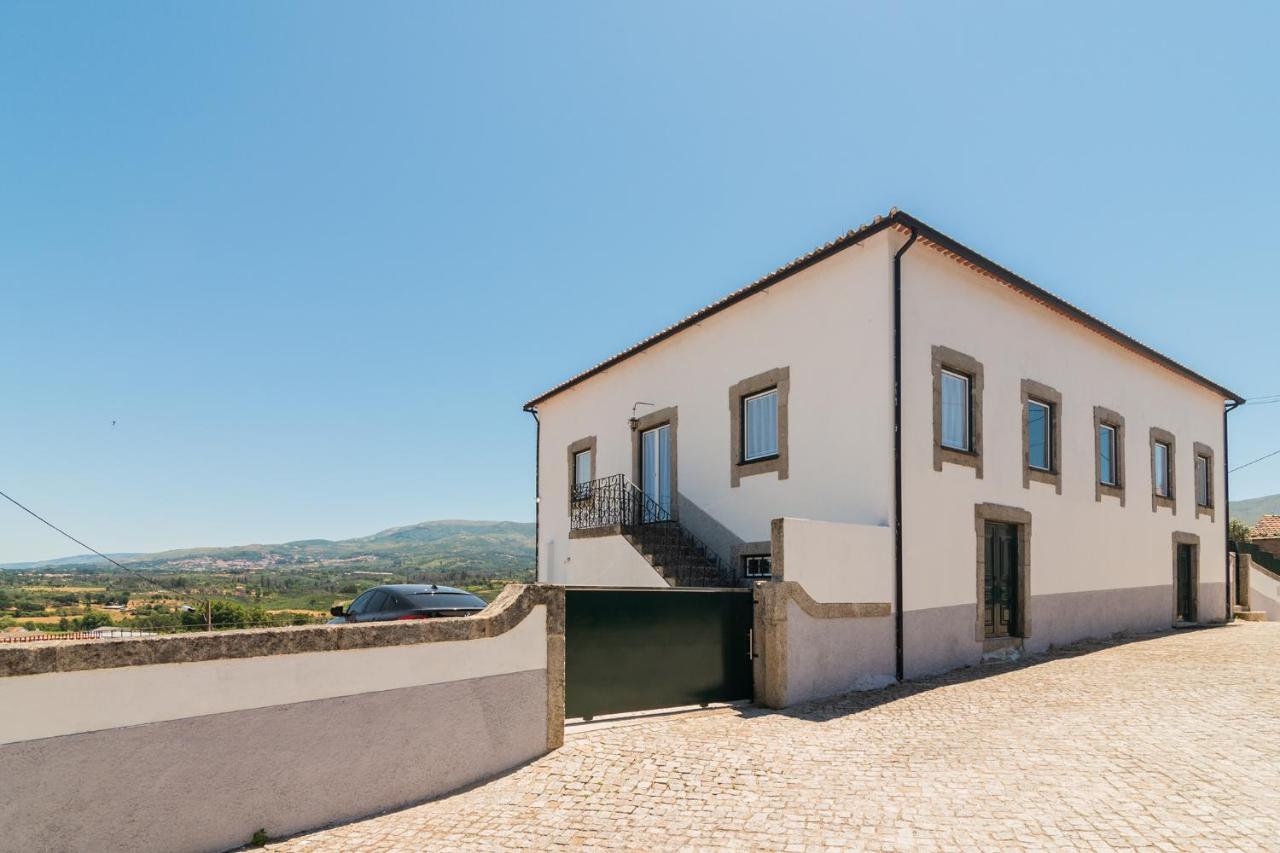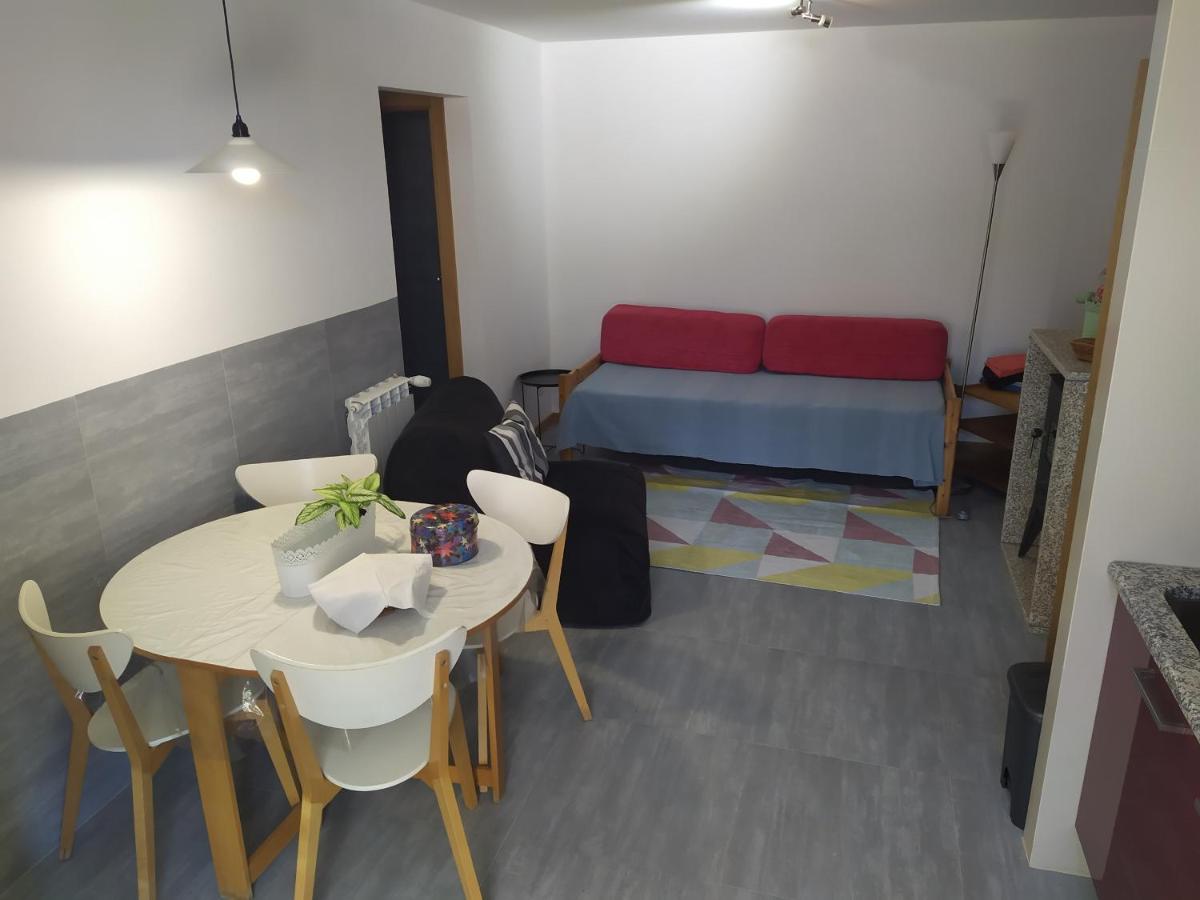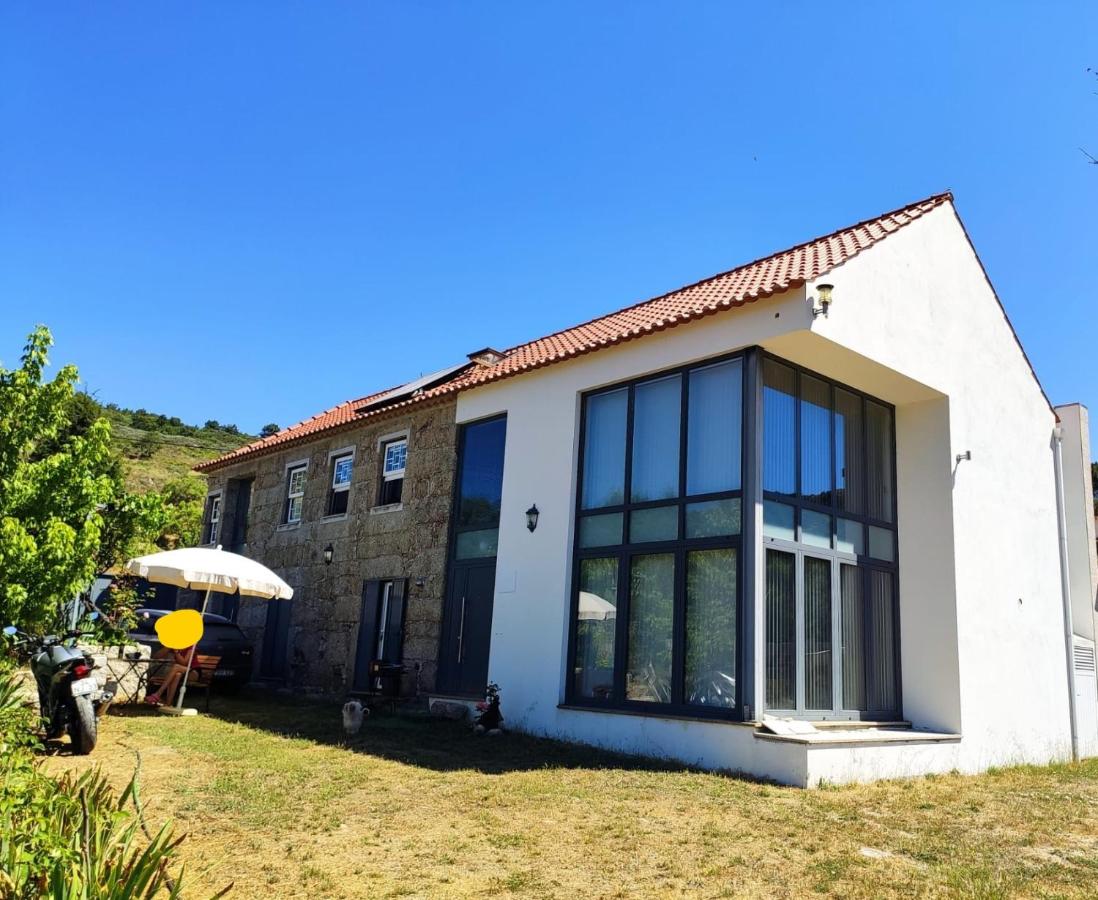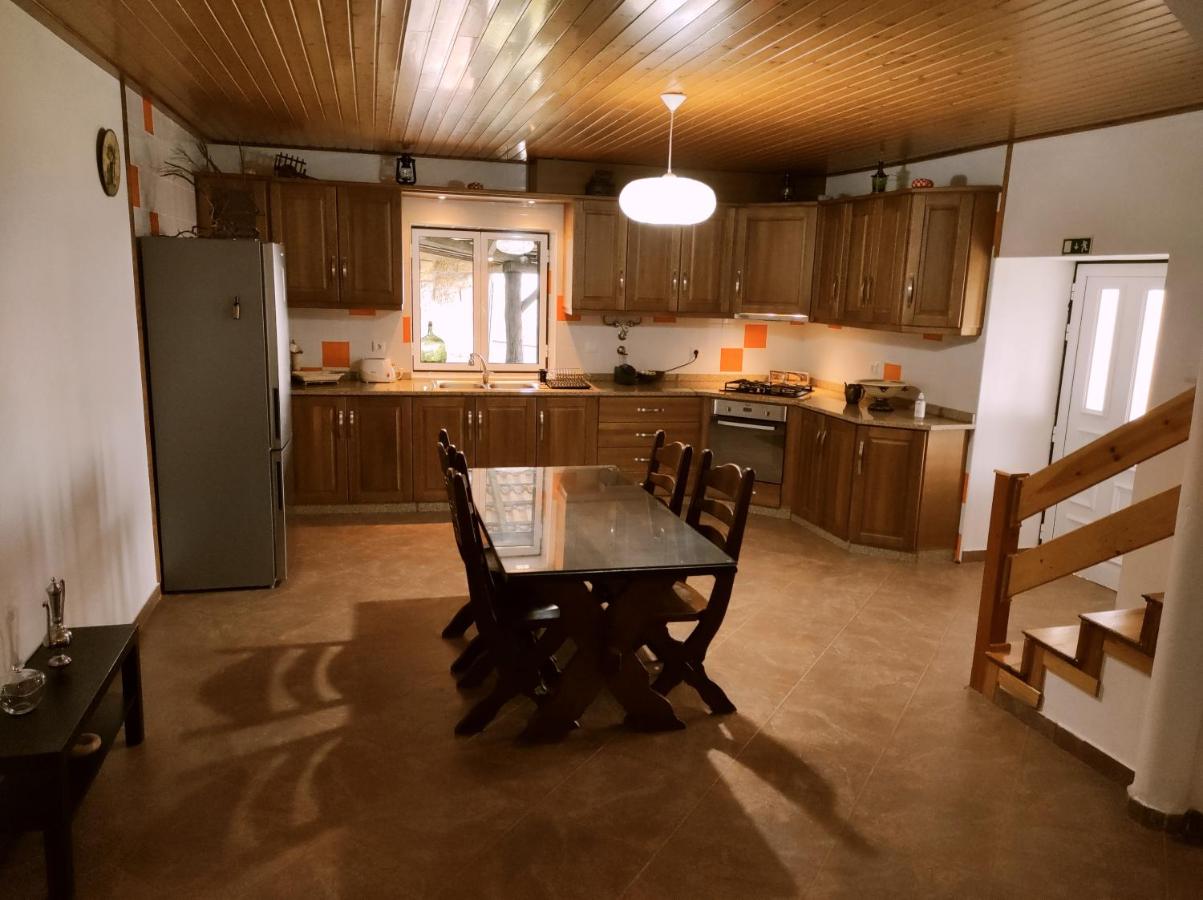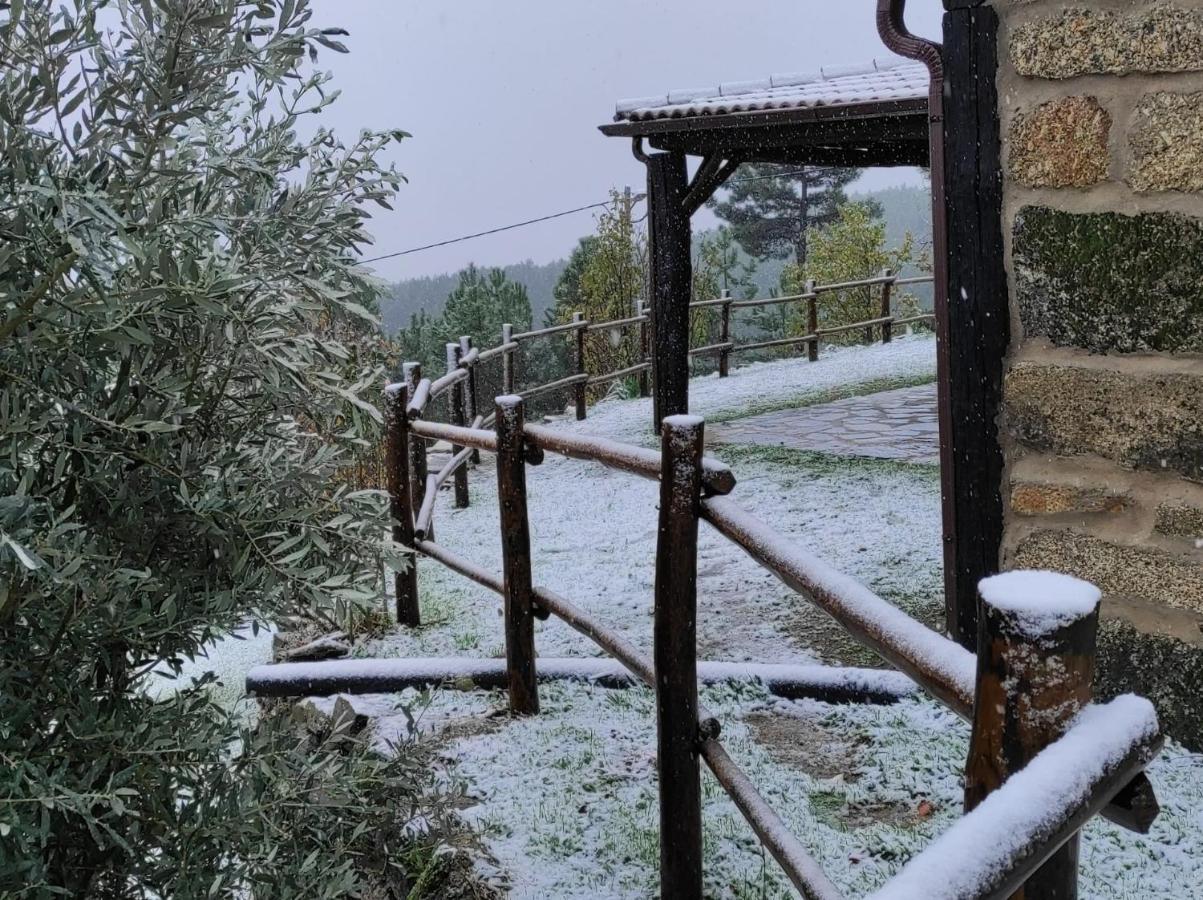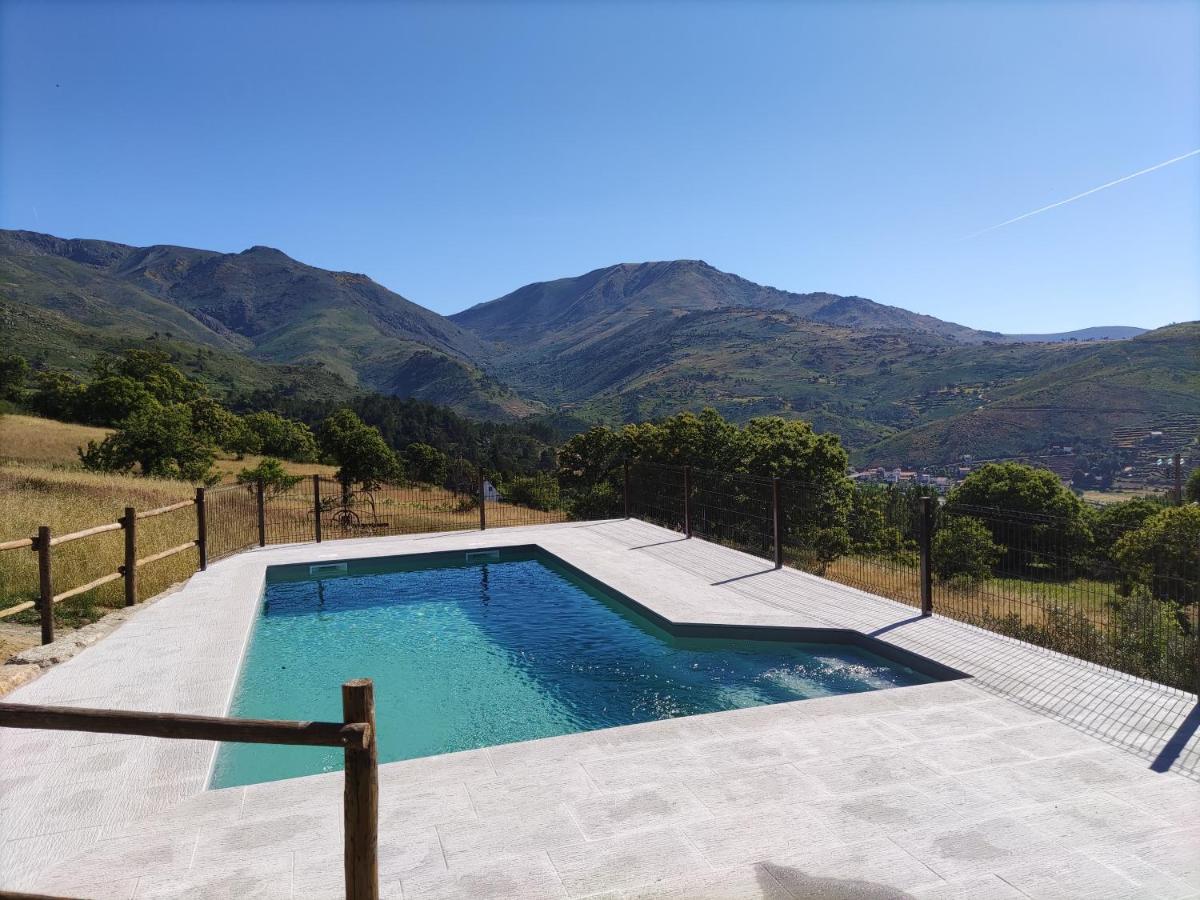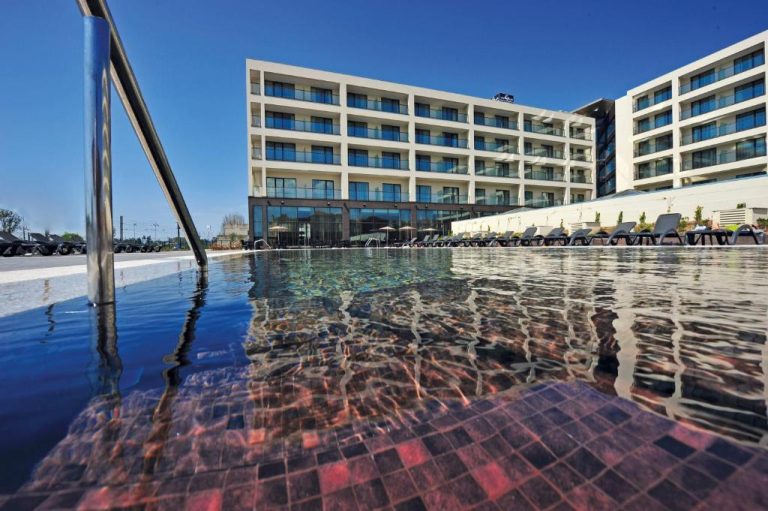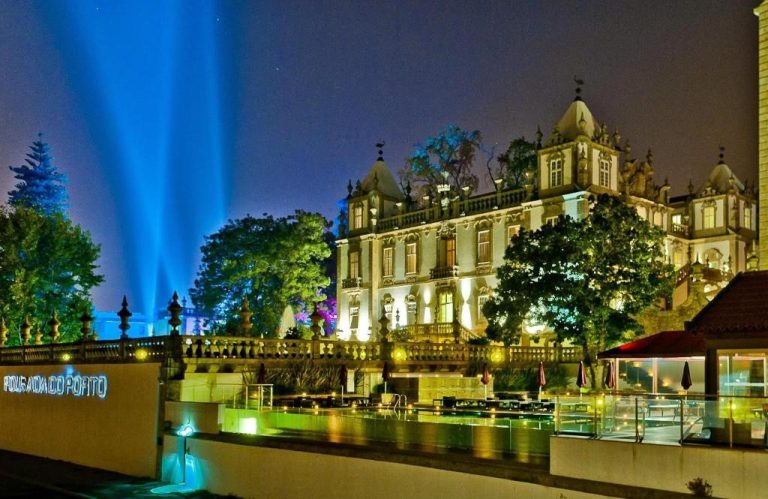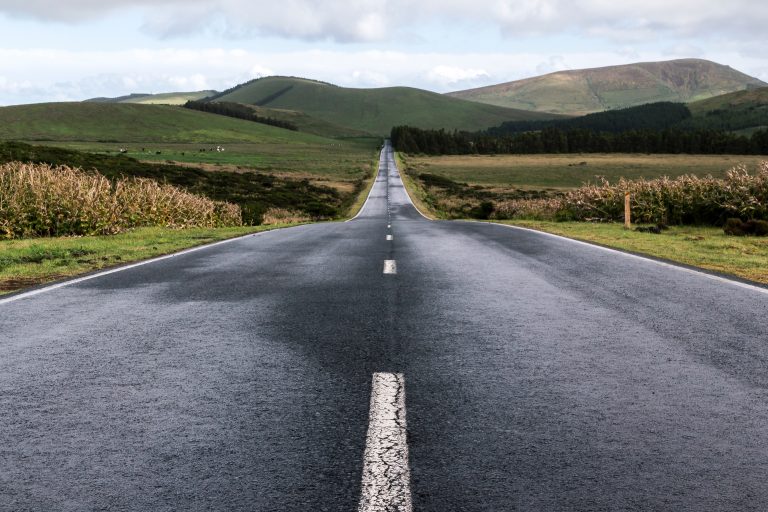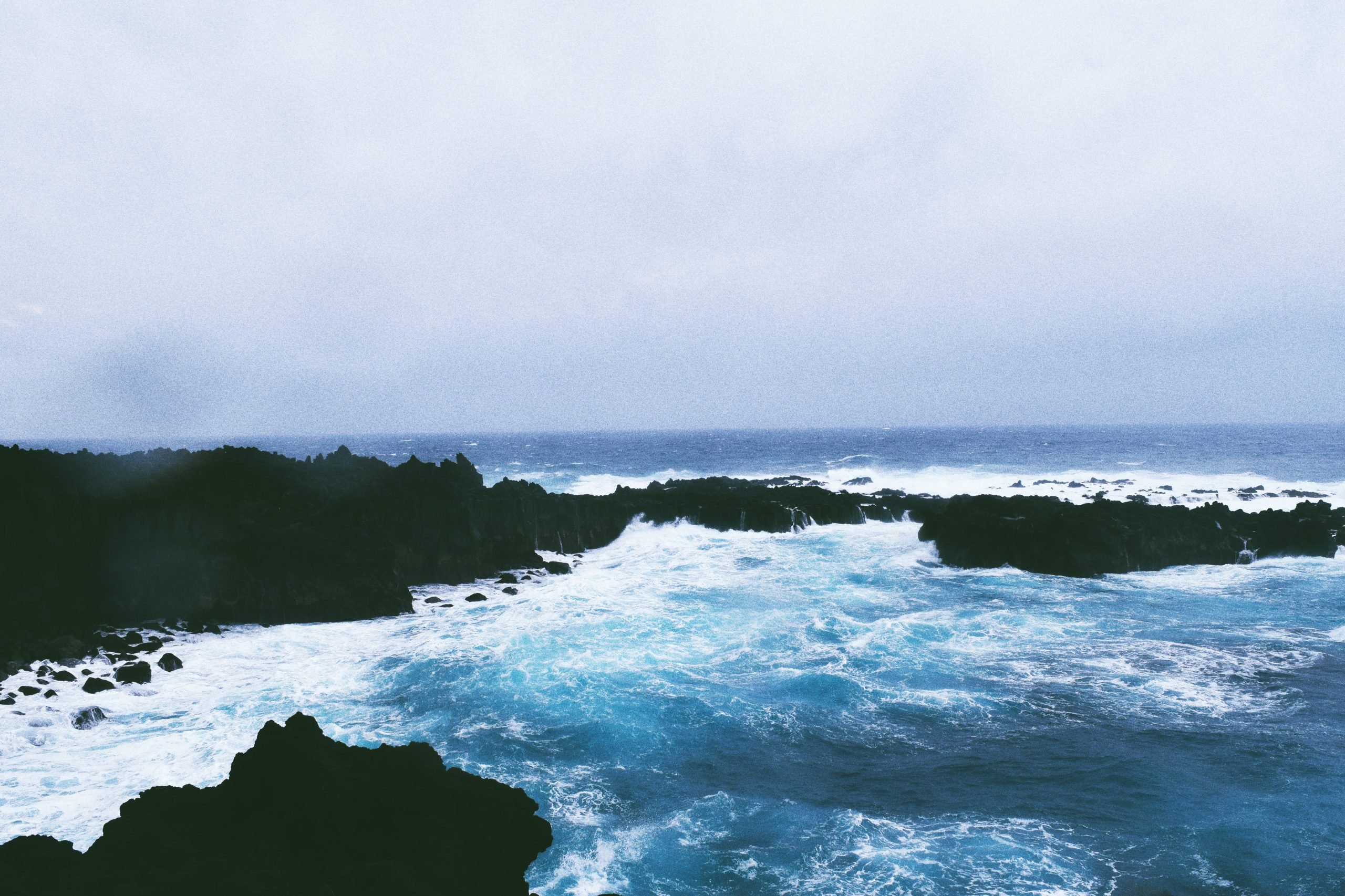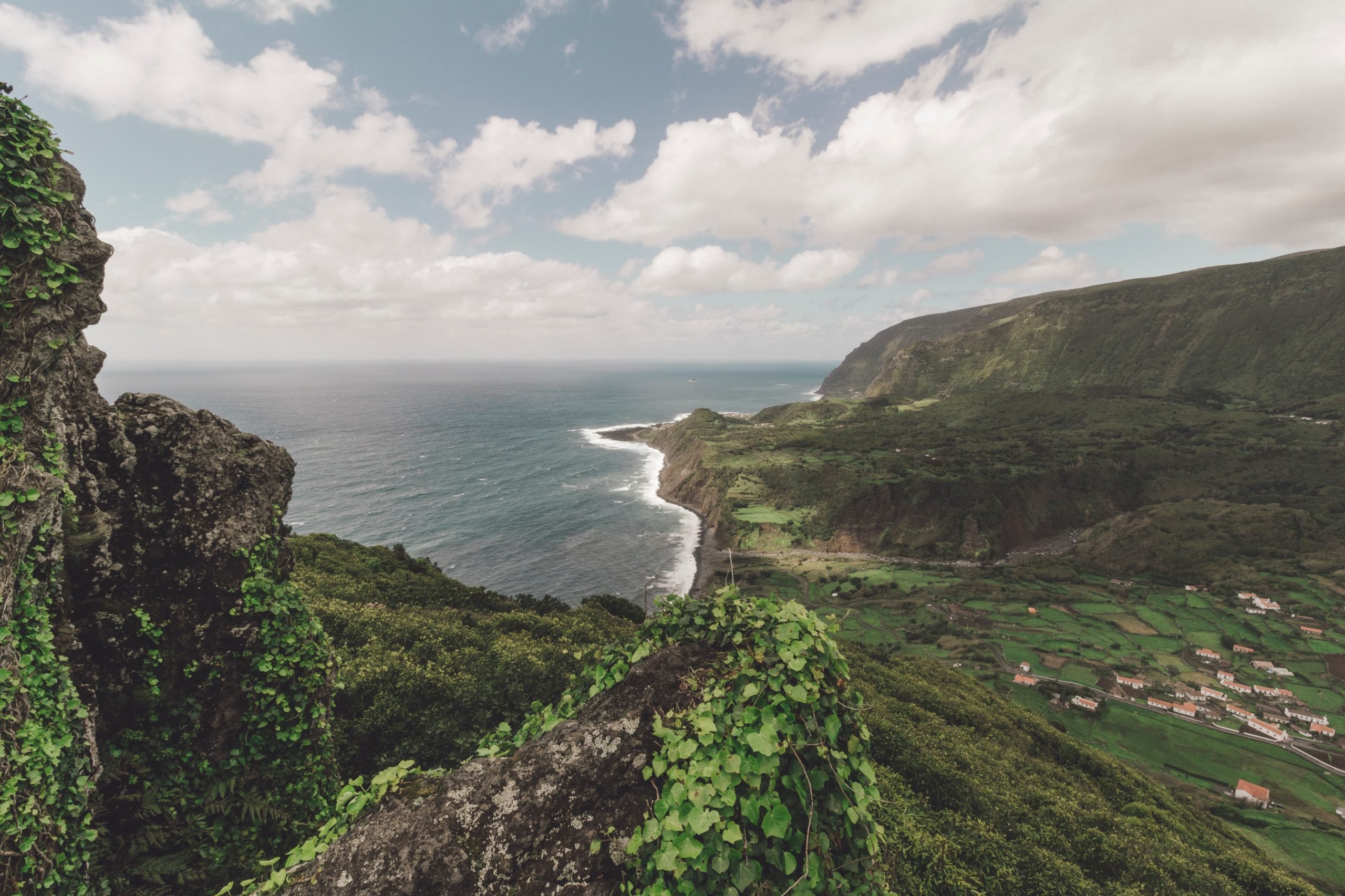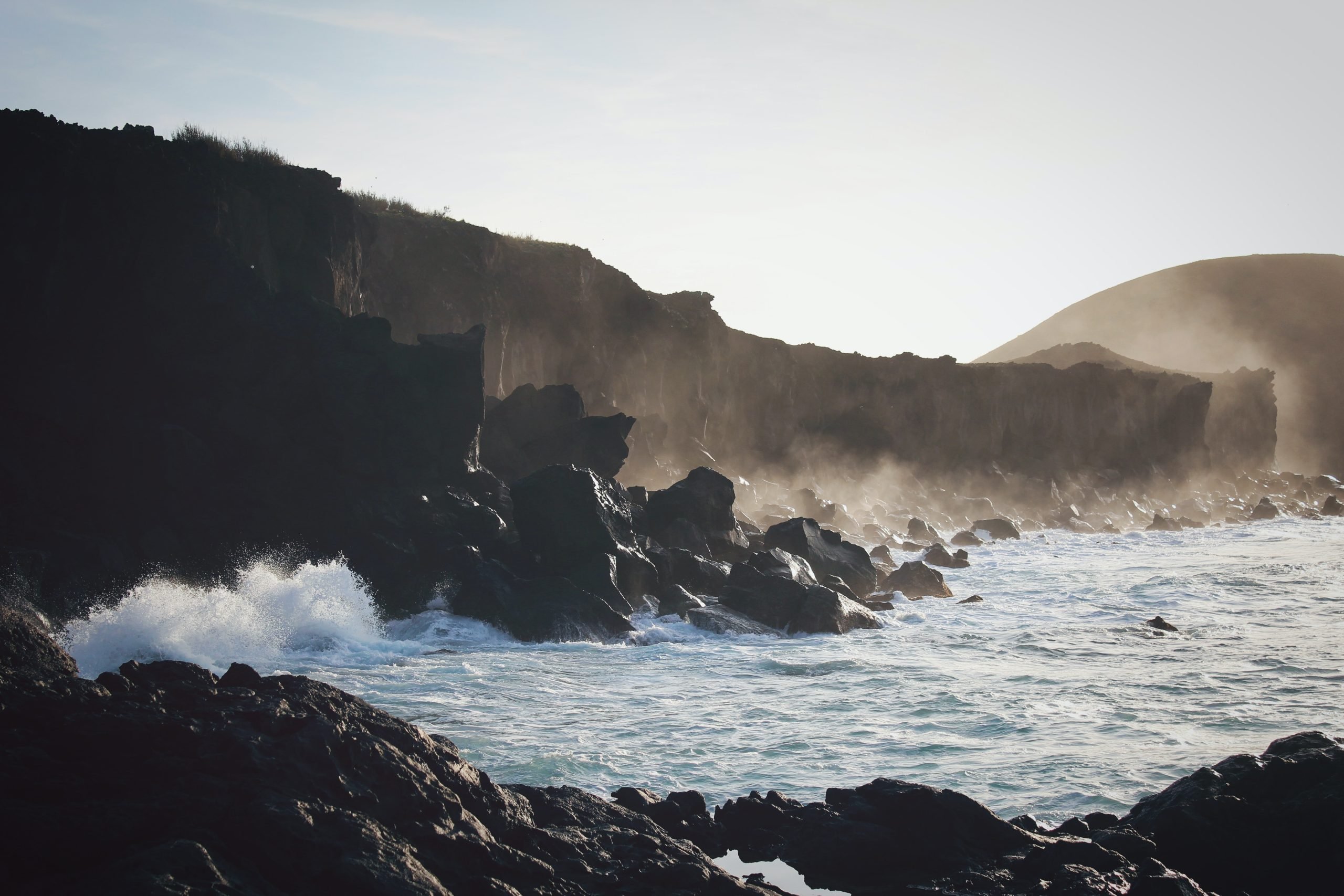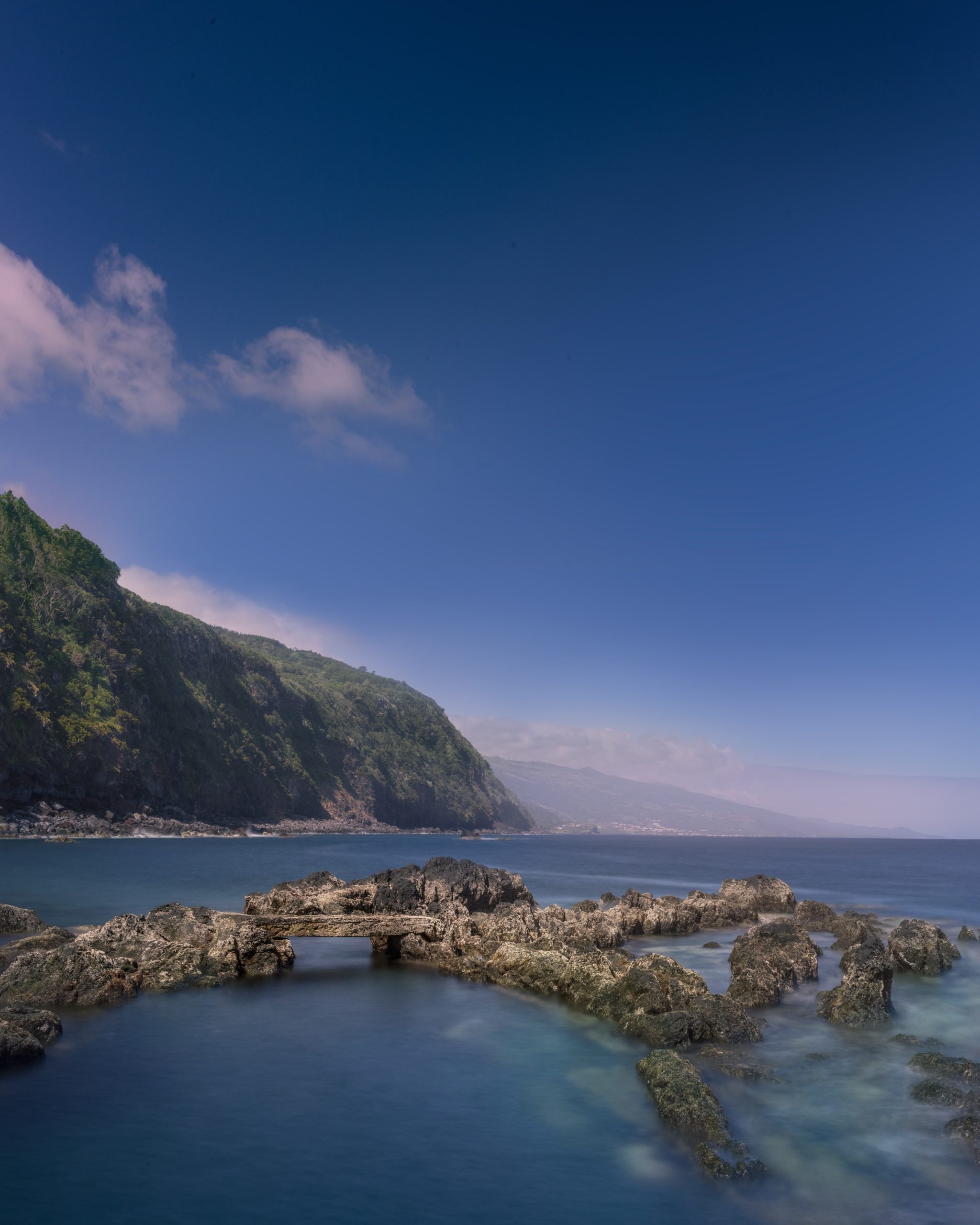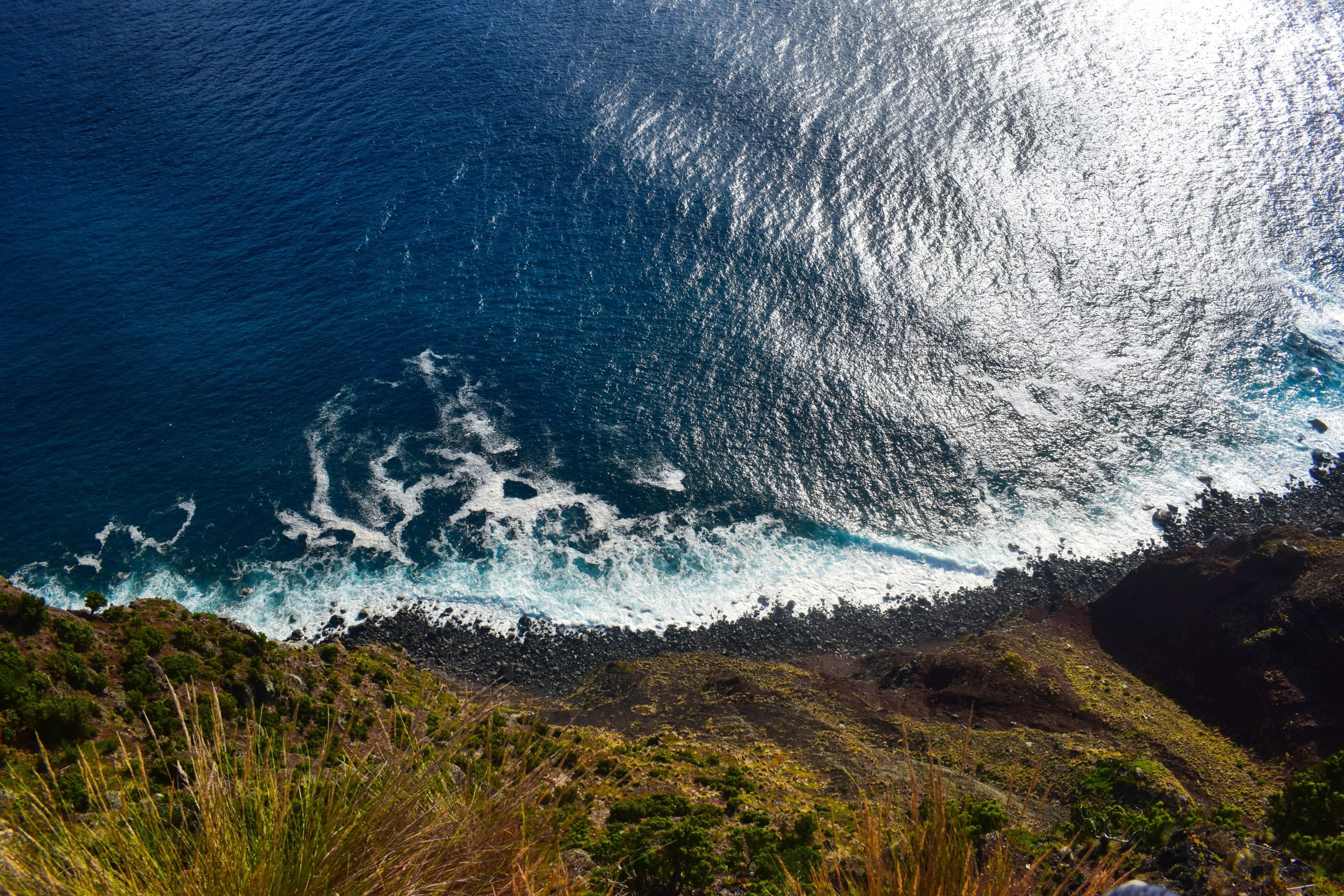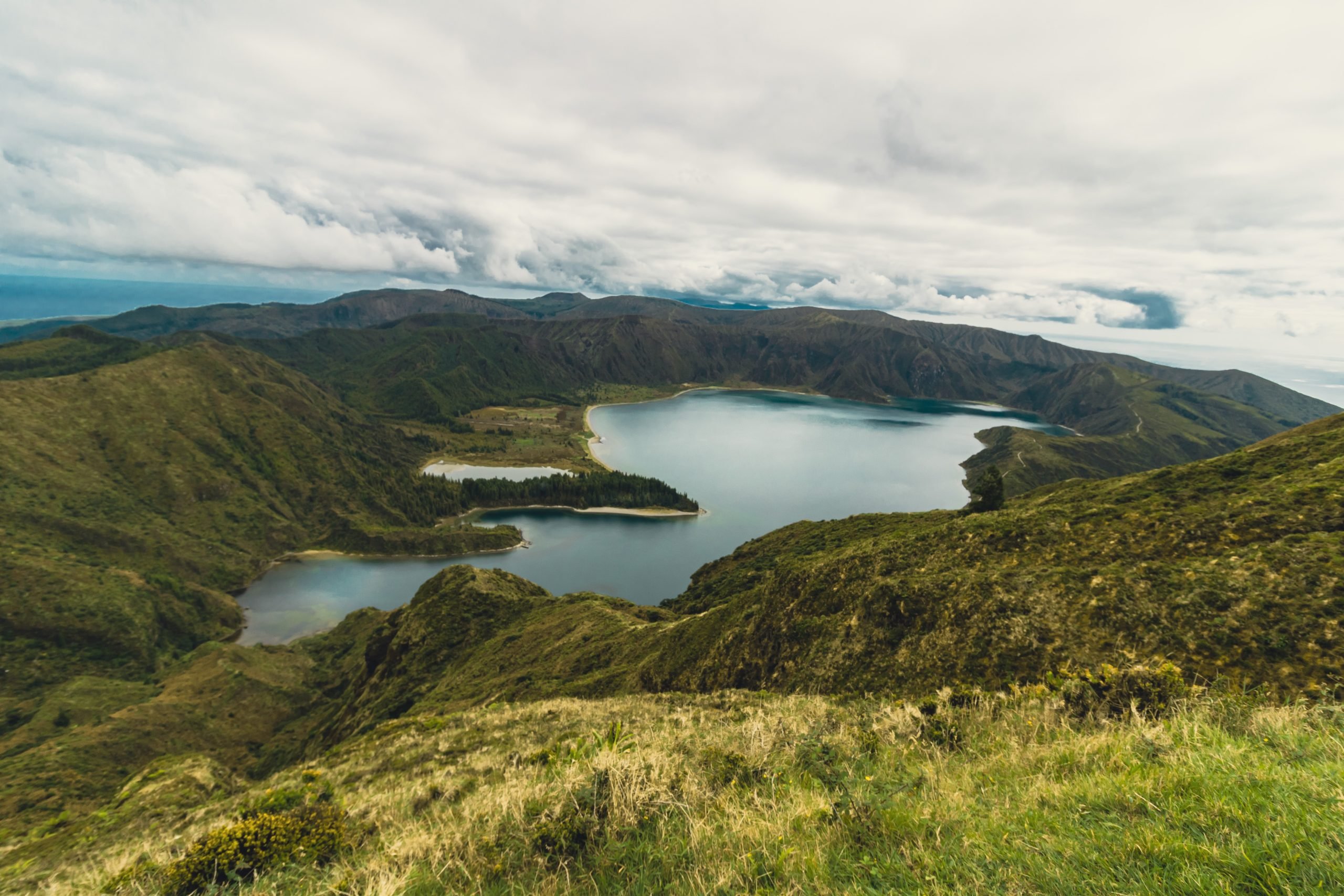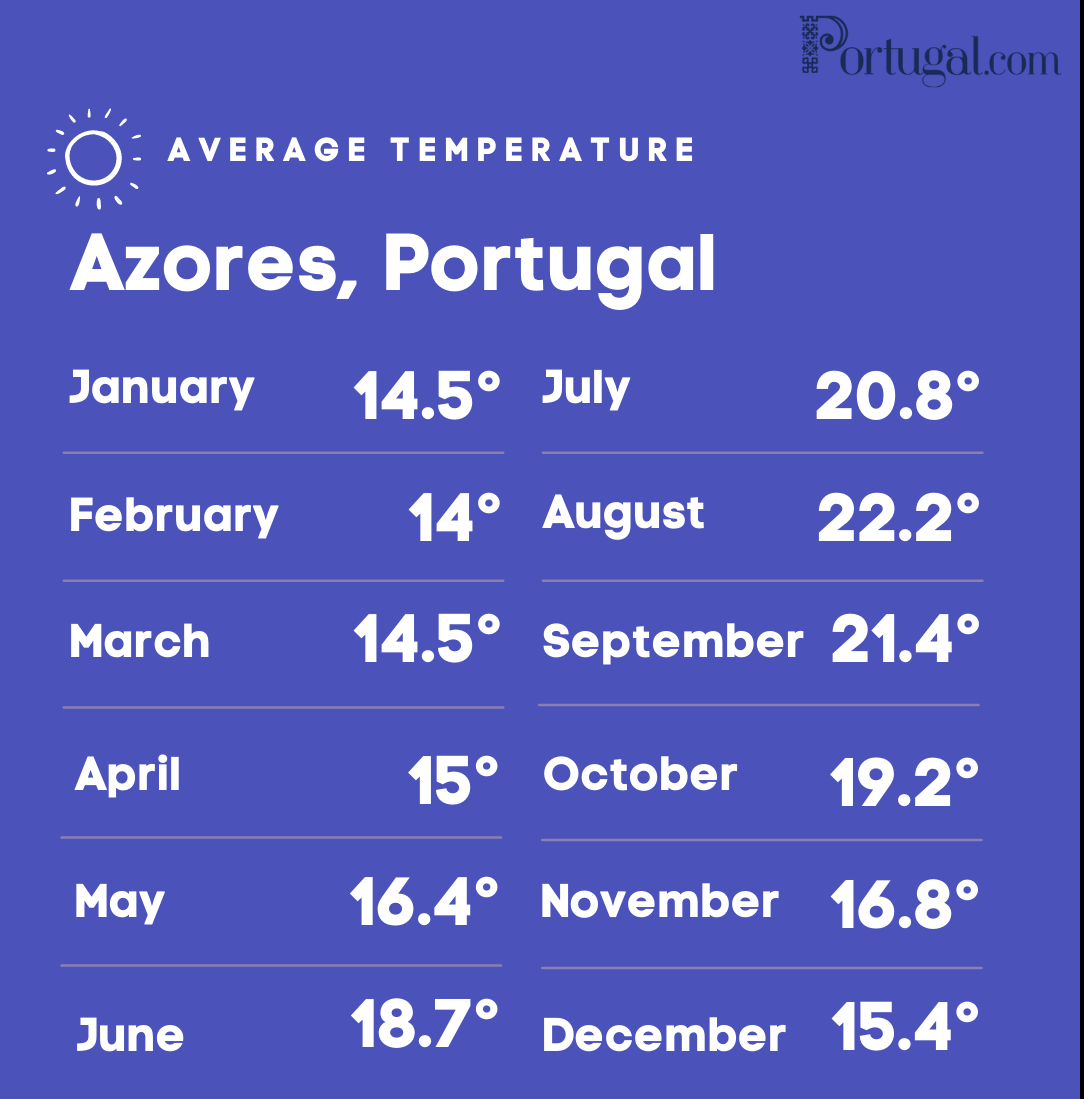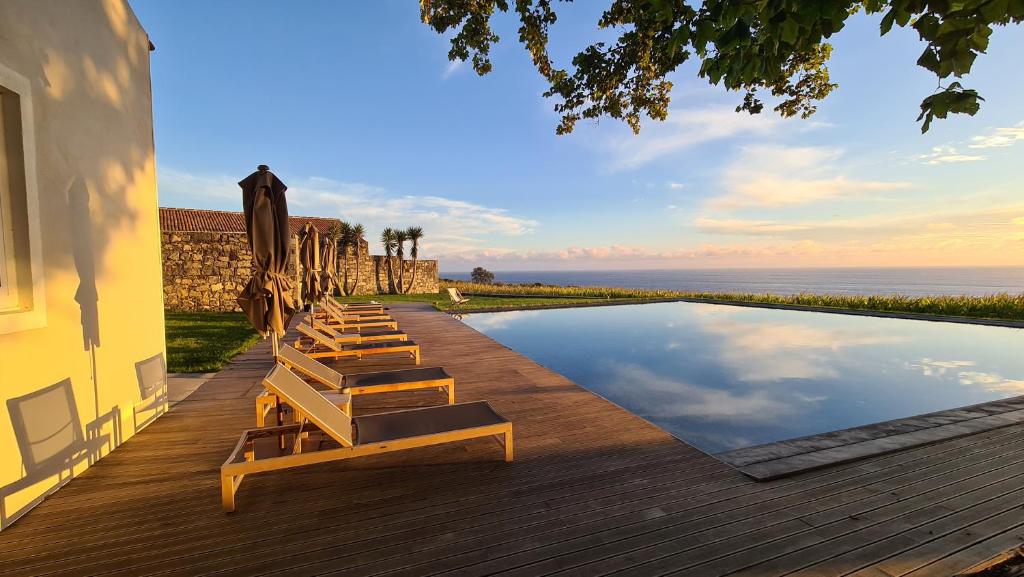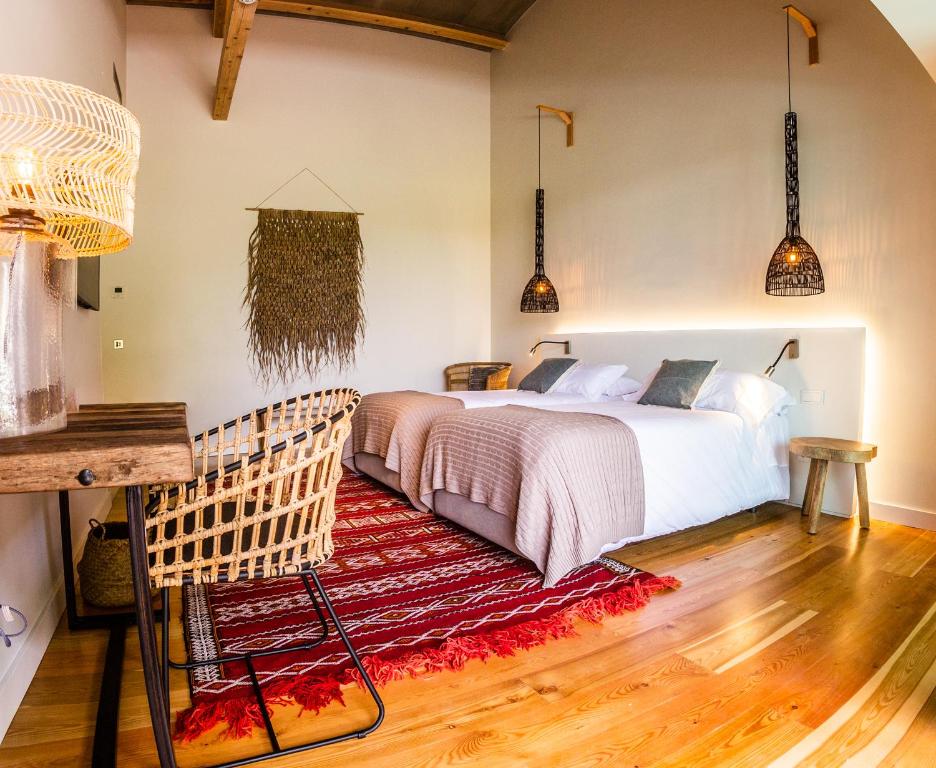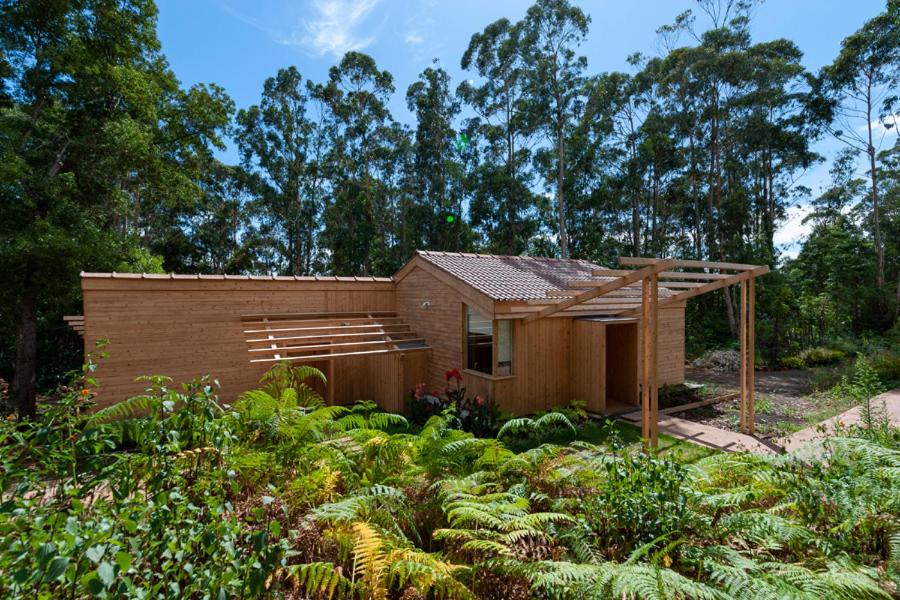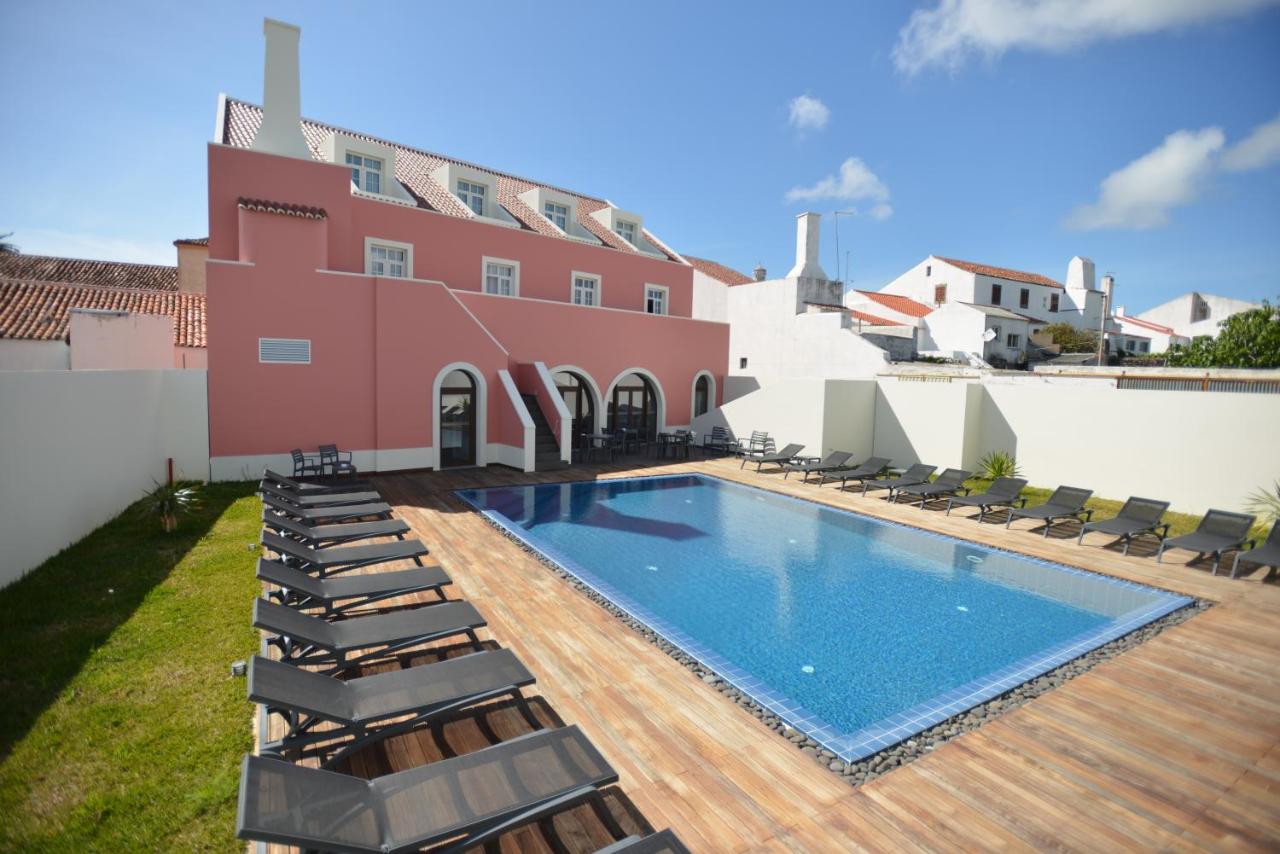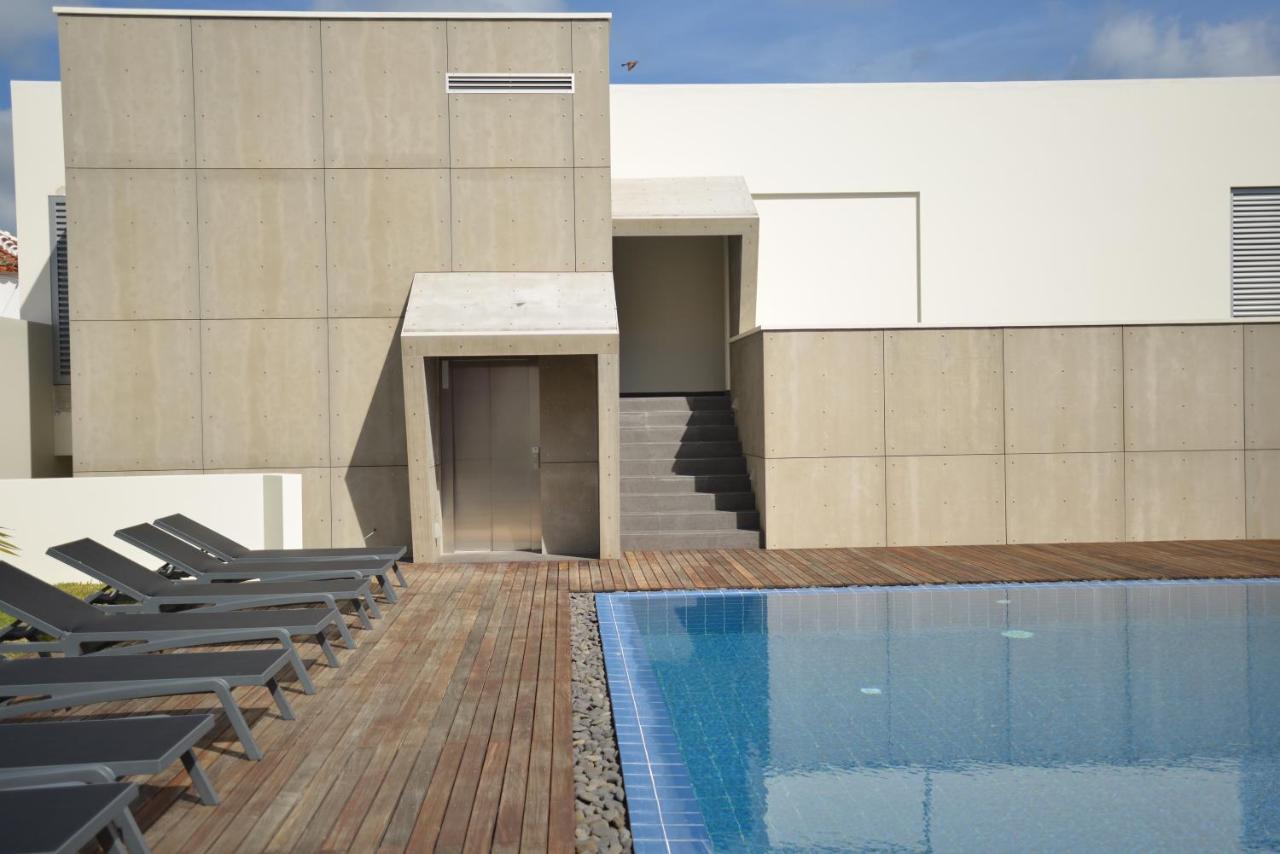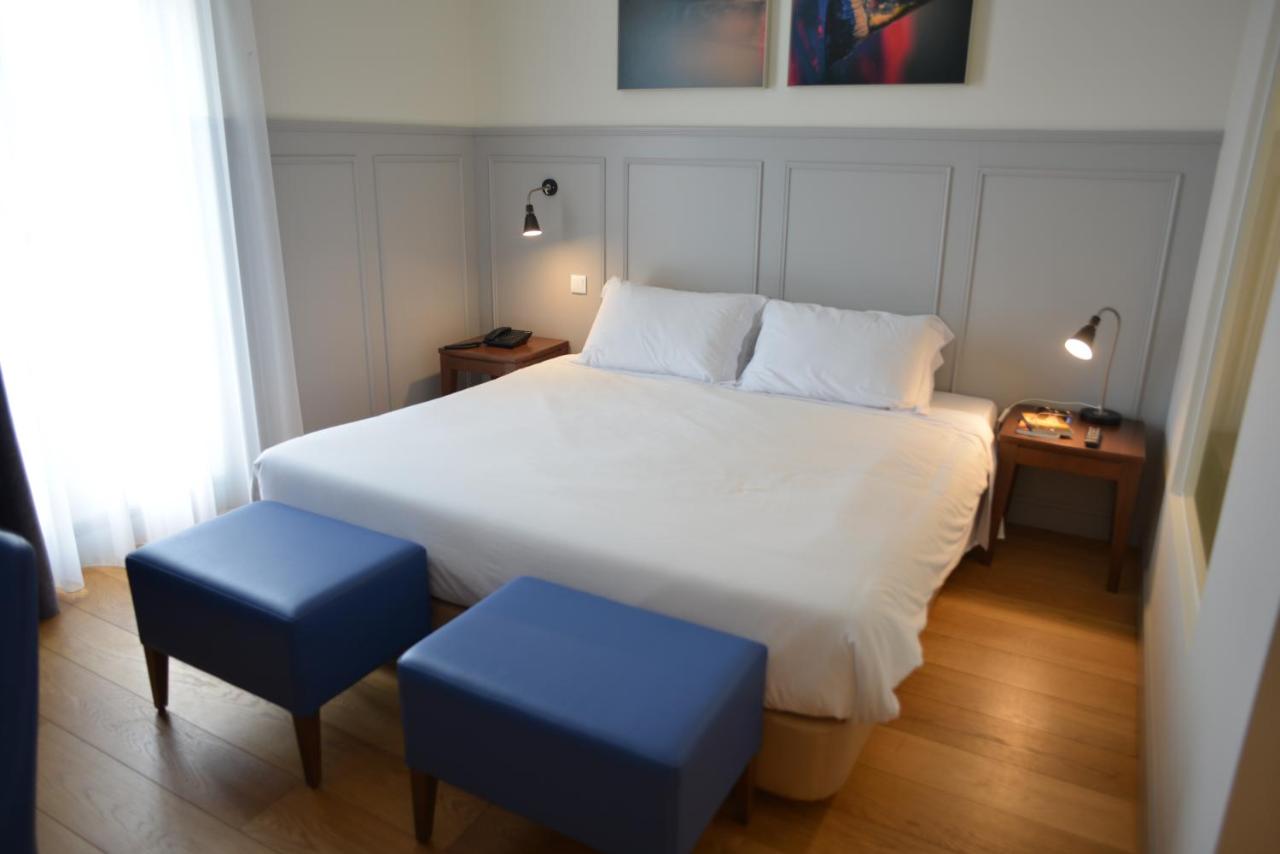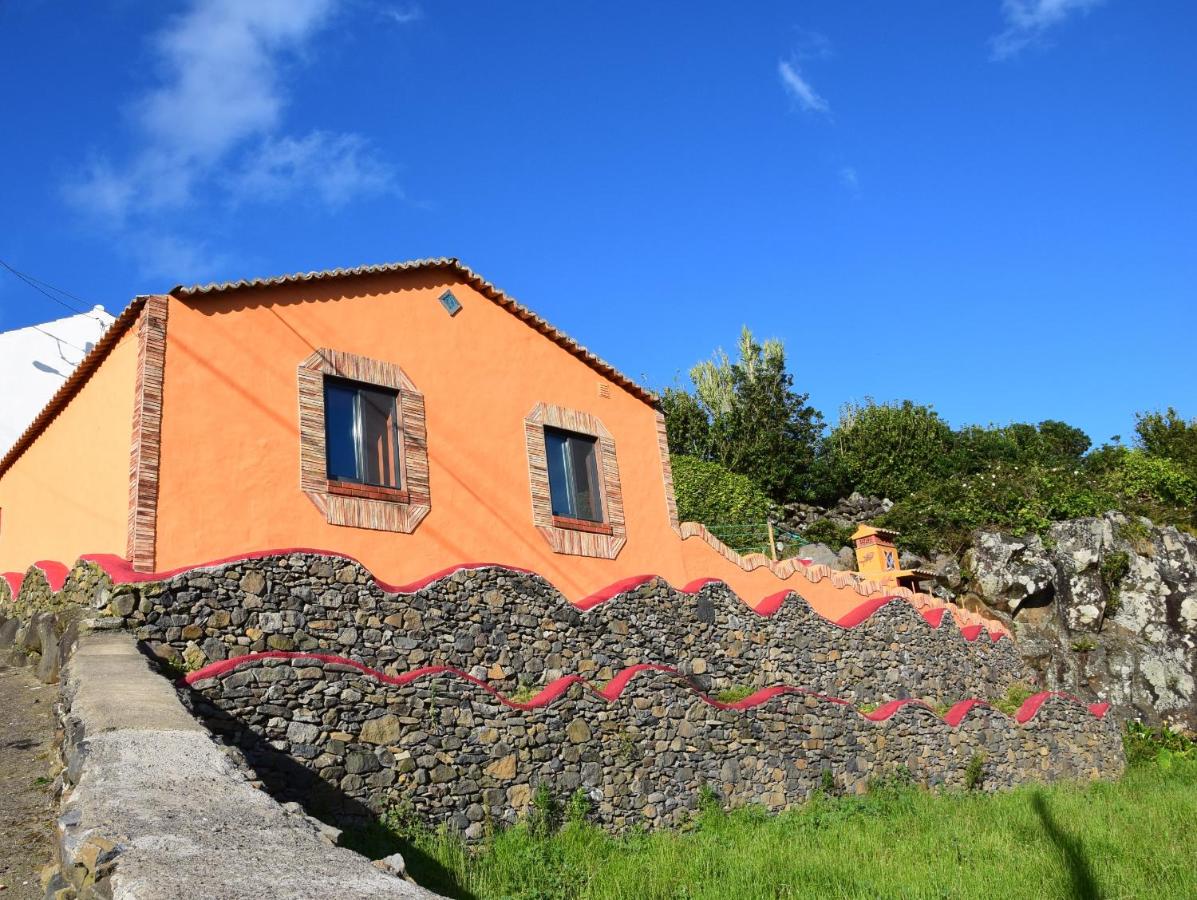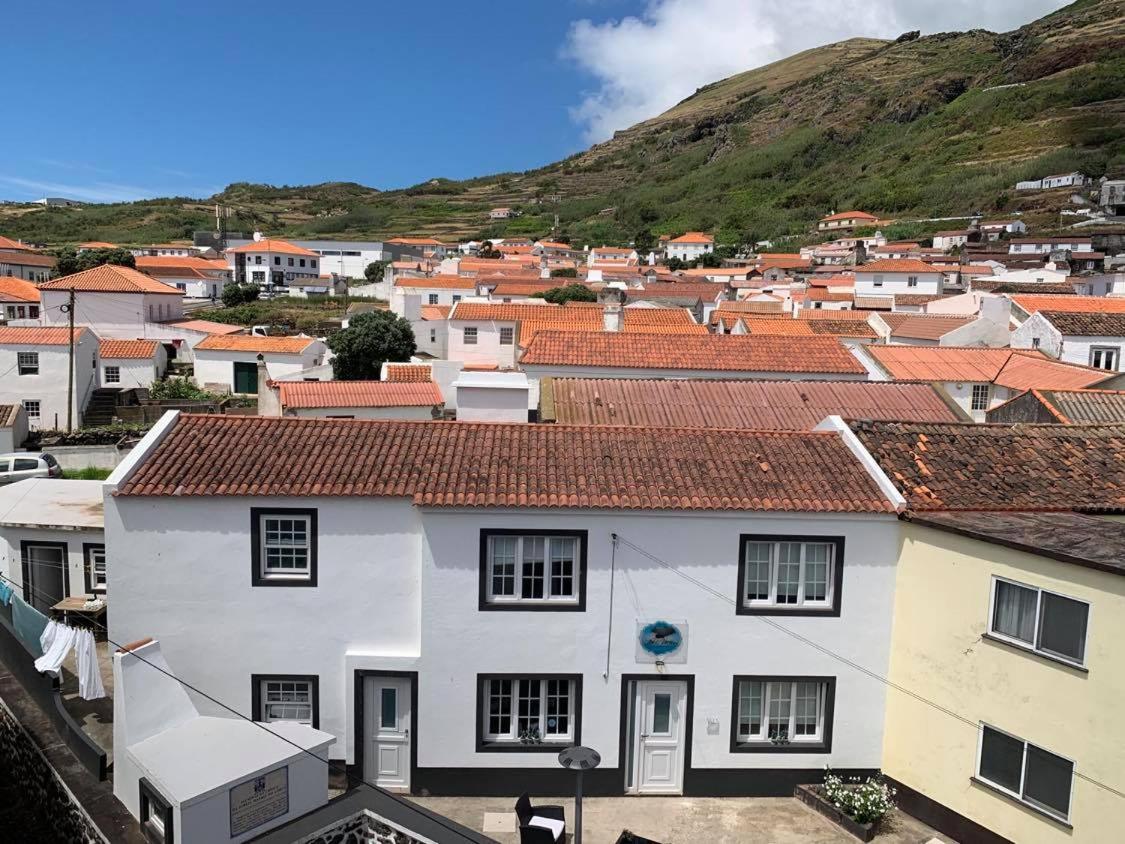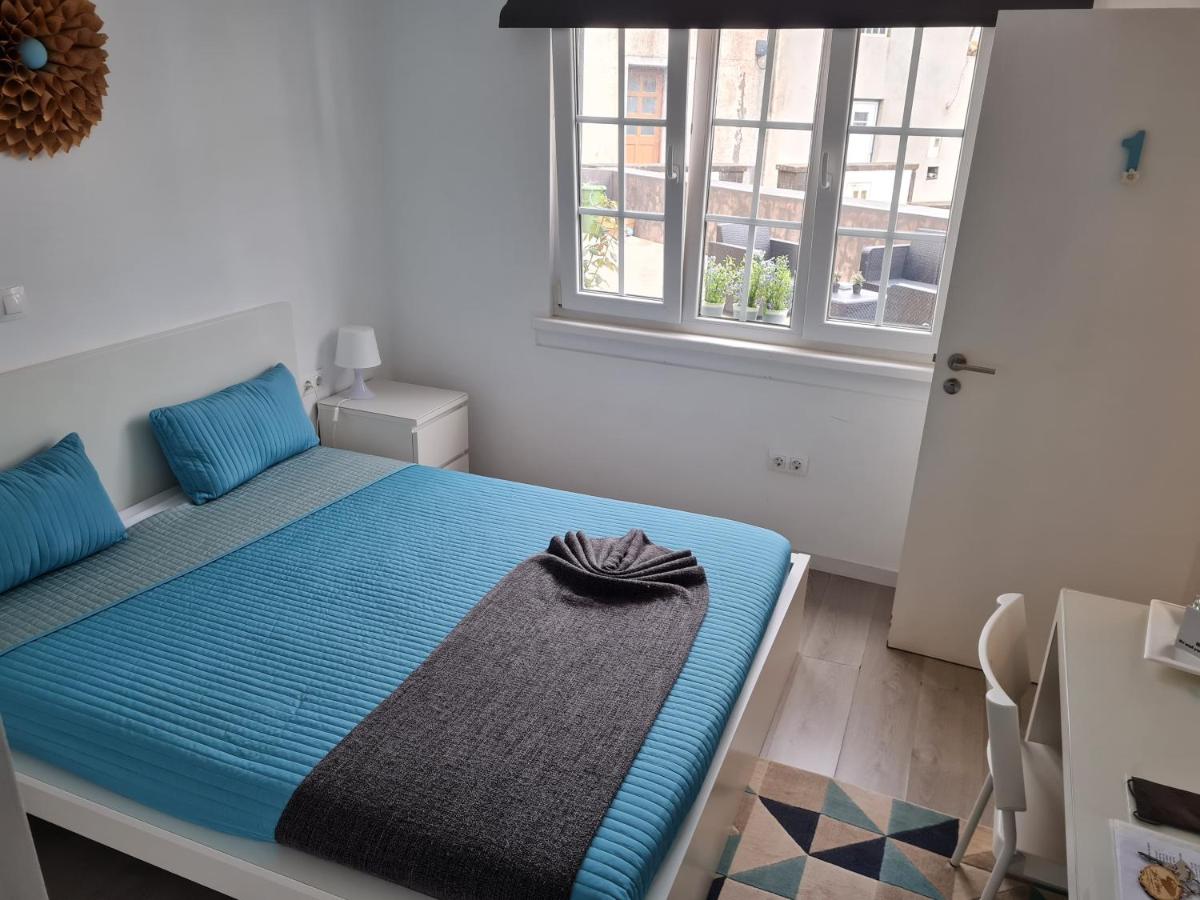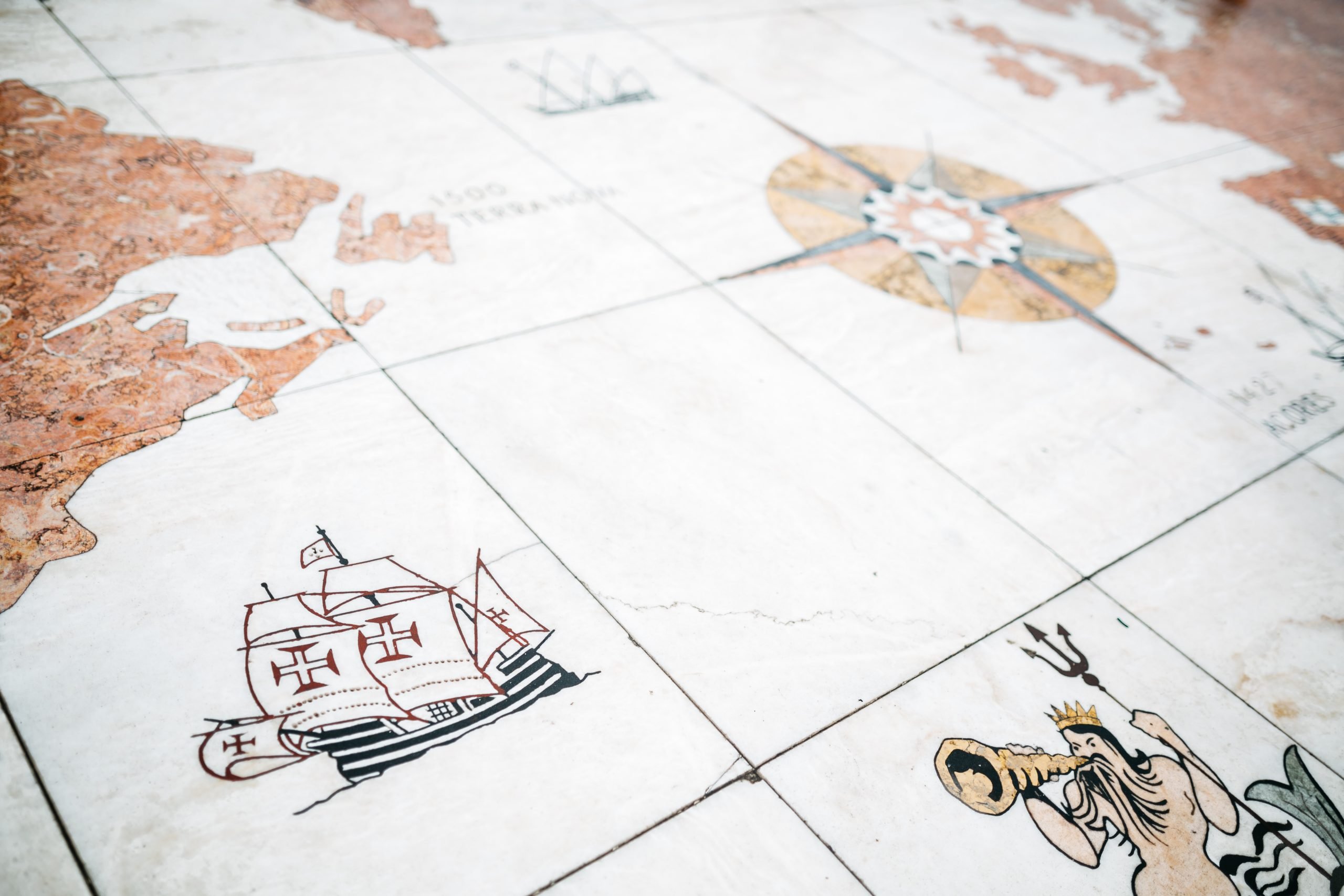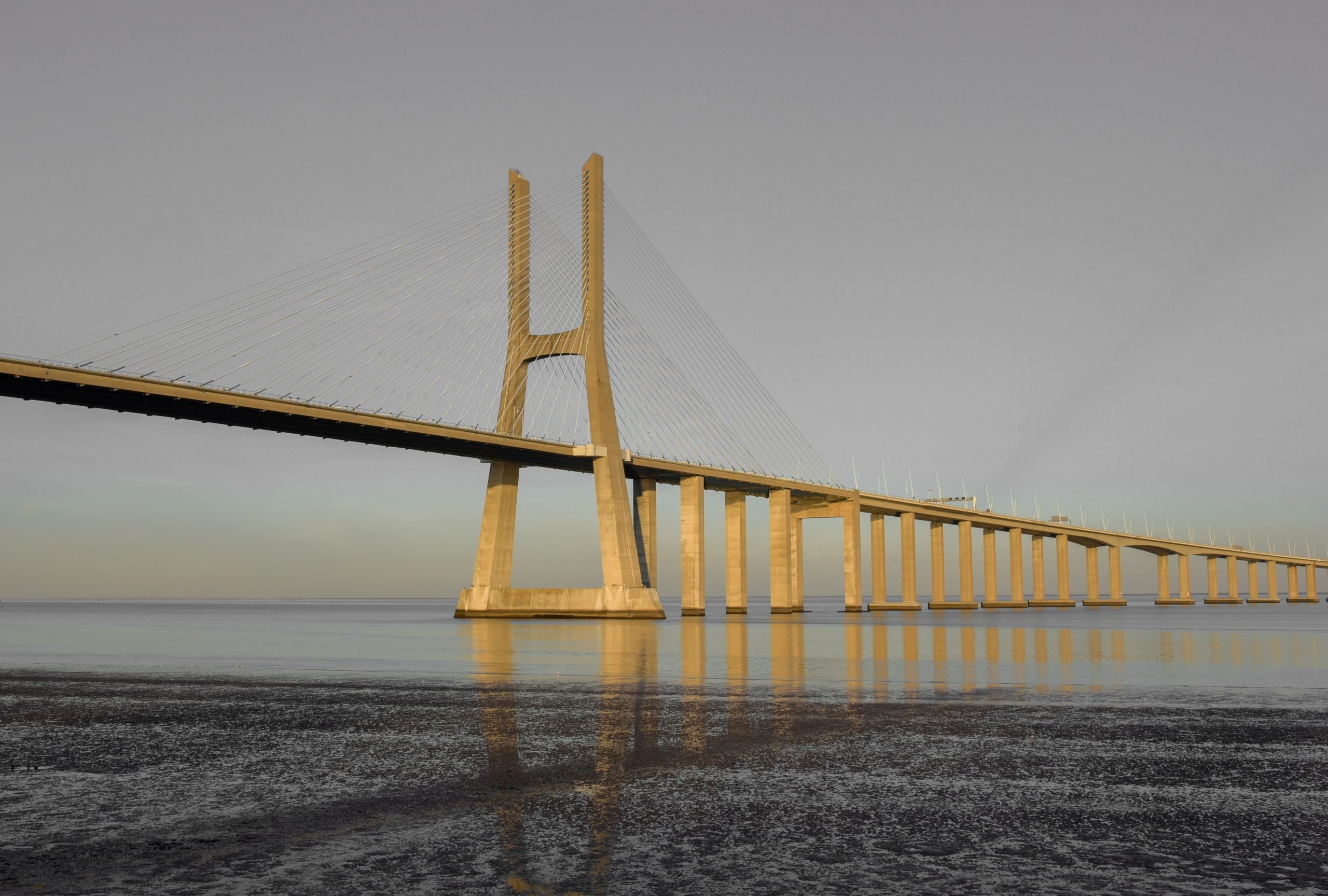On the northeast corner of Portugal, right on the border with Spain stands a little town that bears a great significance.
With just a population of 6,466 people, the so-called “Museum City” is a fortified town that sits overlooking the Douro River, the perfect combination between nature, culture, and history.
Miranda do Douro is home to one of the 3 official languages of Portugal, Mirandese, unique to the town and the surrounding regions, it is known for its special dances and music, as well as its amazing food, which will leave you begging for more!
From all of these curiosities to the wonderful monuments and villages you will see around the town and surrounding it, you will love your trip to the deep interior of Portugal!
Getting to Miranda do Douro
This interior city, unfortunately, doesn’t have a train station, so the best way to get there is either by renting a car or by bus.
The cheapest way to get to Miranda do Douro is probably by bus. You can get tickets from Rede Expressos or Rodonorte, for around 16€.
However, I would advise you to go by car. You would take around 3 hours from Porto or Braga or, if you are on the Spanish side, you can get there in just one around 1 hour from Zamora or Salamanca.
The long trip by car would be worth it since many things in the surroundings are only accessible by car. This region has lots of villages and towns spread out through the territory and sometimes there aren’t public transportations available. With a car, you would have much more freedom to visit whatever you want.
Rent a car in Miranda do Douro
When to visit Miranda Do Douro?
The town is great to visit throughout the whole year, as you will get different perspectives of it. During summer, you will get dry and hot days and cool nights, while in the winter you will get a lot of rain, really cold weather and very frequently snow.
Miranda is mostly visited by lots of tourists (overwhelmingly Spanish) on the weekends, but this shouldn’t be an impediment! You will still be able to have a great time and explore the amazing region.
Where to eat
Miranda do Douro is a land of food. You have so many dishes to choose from!
To start off, why not a ‘Sopa Transmontana’, a soup typical from the region of Trás-os-Montes made with chestnuts? It will get you ready for the upcoming meal.
The famous “Posta Mirandesa”, a typical steak from the city, will leave any meat lover in awe! If you prefer other types of meat, you have lamb, pork and other meats, all in a typical Mirandese cooking way. You can also try the ‘tabafeia’, a kind of smoked sausage made out of pork and bird meat, regional wheat bread, olive oil, all with salt, garlic, paprika or pepper and parsley. It is guaranteed that you will like it!
If you are more of a fish person, this wouldn’t be Portugal if it didn’t have a specific codfish dish! ‘Bacalhau à Mirandesa’, a new gastronomic dish, can be found all over the city’s restaurants.
As for sweets, you will have so many that the hard thing will be to pick one! There are roscos, sodos, dormidos, bola doce (sweet ball), and many more!
And to push all of this food down, what better than a glass of wine made directly in the region on the Douro riverbanks?
You will see that the prices are quite reasonable, with a good meal staying for around 10€, and if you didn’t really like any of these options, that’s also ok! You can find food from all over Portugal in the region, as well as international food, such as pizzas or hamburgers.
Culture in Miranda do Douro
Standing right on the border with Spain, you would think that the city’s identity would be divided between the two countries. However, the opposite happened and it has a great unique and individual cultural identity!
Miranda do Douro is one of the more culturally rich places you will find in the country! We have seen its unique dishes and great wine, but Miranda doesn’t stop there!
For starters, the region has its own language! Mirandese (or Mirandés, in the language), together with Portuguese and Portuguese Sign Language, make the 3 official languages of Portugal. Mirandese is a local variant of the Asturo-leonese Language, that used to be spoken in the Kingdom of Leon and that is still spoken in those areas of Spain. That little corner of Portugal also used to speak that language, but after a year of living side by side with the Portuguese language, it got its own particularities and turned into its own language.
Mirandese is spoken today by around 15,000 people, basically all of them being at least bilingual with Portuguese, with it being taught at schools and there being a big attempt to revitalize it, as it was starting to die out. However, in some villages, such as the village of Picote (or Picuote, in Mirandese), it is virtually spoken by everyone, with Picote even being the first village to have signs in both Portuguese and Mirandese!
The culturally rich region doesn’t stop with this and it has its own special type of music, with bagpipes and traditional drums, as well as dance, with the “Pauliteiros”, or stick dancers, dancing to the tune of the bagpipes!
Further than that, the Mirandese people have their own traditional clothes, like the “Capas de Honra Mirandesa” (Mirandese Honor Capes), made out of pure sheep wool and they are all handmade and require great detail. They have their origin in the region of León (the same where the Mirandese language comes from), dating back to the 9th or 10th century. Today it is only used in certain ceremonies or important acts.
You also have lots of festivals, such as “Festas de Santa Bárbara” (Saint Barbara Festival), which takes place on the penultimate Sunday of August; the “Festival Intercéltico de Sendim” (Sendim Interceltic Festival), a festival that connects Celtic heritages from all over the world, with dancers from Argentina, to Ireland, Galicia or Miranda themselves; and the “Festival L Burro i L Gueiteiro” (Festival of the Donkey and the Bagpiper), that intends to revitalize the relationship between the two characters, which was traditional in Mirandese culture.
What to do in Miranda do Douro?
Antiga Sé de Miranda do Douro (Old Cathedral of Miranda do Douro)
The Old Cathedral of the city was finished at the end of the 16th century, being the biggest religious temple in the whole of Trás-os-Montes and being considered a National Monument. Its greatness will leave you breathless!
One of the most interesting artifacts it has it’s the “Menino Jesus da Cartolinha” (Boy Jesus of the Top Hat), which is a carved statue of a boy who supposedly appeared in the city during the 1711 Spanish siege to the city to rally the Portuguese troops. It was said that he was Jesus and that he wore a top hat, being immortalized in the Church and on display in a glass case.
Historic Center
The best thing you can do to know more about the culture and the life In this amazing place is really to stroll around the Historic Center of the town, hang out with the local people and you will understand much better the history and mentality of the region!
You can go to the Praça D. João III, known for its statue that represents a typical Mirandese couple, and the Solar, an amazing baroque building. The La Costanielha street is the oldest and most traditional in the town and deserves a visit! Then, don’t forget to climb to the castle walls, thought to be from before the Roman times! And finally, eat at a traditional place and have a little snack with the unique pastries.
This is the best way to immerse yourself in the culture you have read about here!
Museu Regional da Terra de Miranda (Regional Museum of the Land of Miranda)
The museum, situated in the aforementioned D. João III Square, is in the old town hall building. It has folk arts from the region of the Land of Miranda (the Mirandese-speaking region) as well as its history and traditions. This is the place you have to go if you want to know more about this unique culture land!
The Castle of Miranda do Douro
The Castle was probably built in some way or another by the peoples who have passed through the region, such as the Suevi or the Moors, but it was Afonso I, the first king of Portugal who rebuilt it to defend the northeastern border of his new kingdom.
However, today only ruins are left, due to a battle in 1762, during the Seven Years War. But they are incredible to visit, as you can still see the tower and the walls.
Ermitério Os Santos
This is a ruined chapel with a panel near the villages of Picote and Sendim. The panel is in a big monolith, where Saint Paul is drawn with many other saints, and it’s dated as of 1553.
The construction of this chapel and many others like it was associated with living a hermitic life, being, therefore, called a “hermitage”.
Go on a Douro Cruise
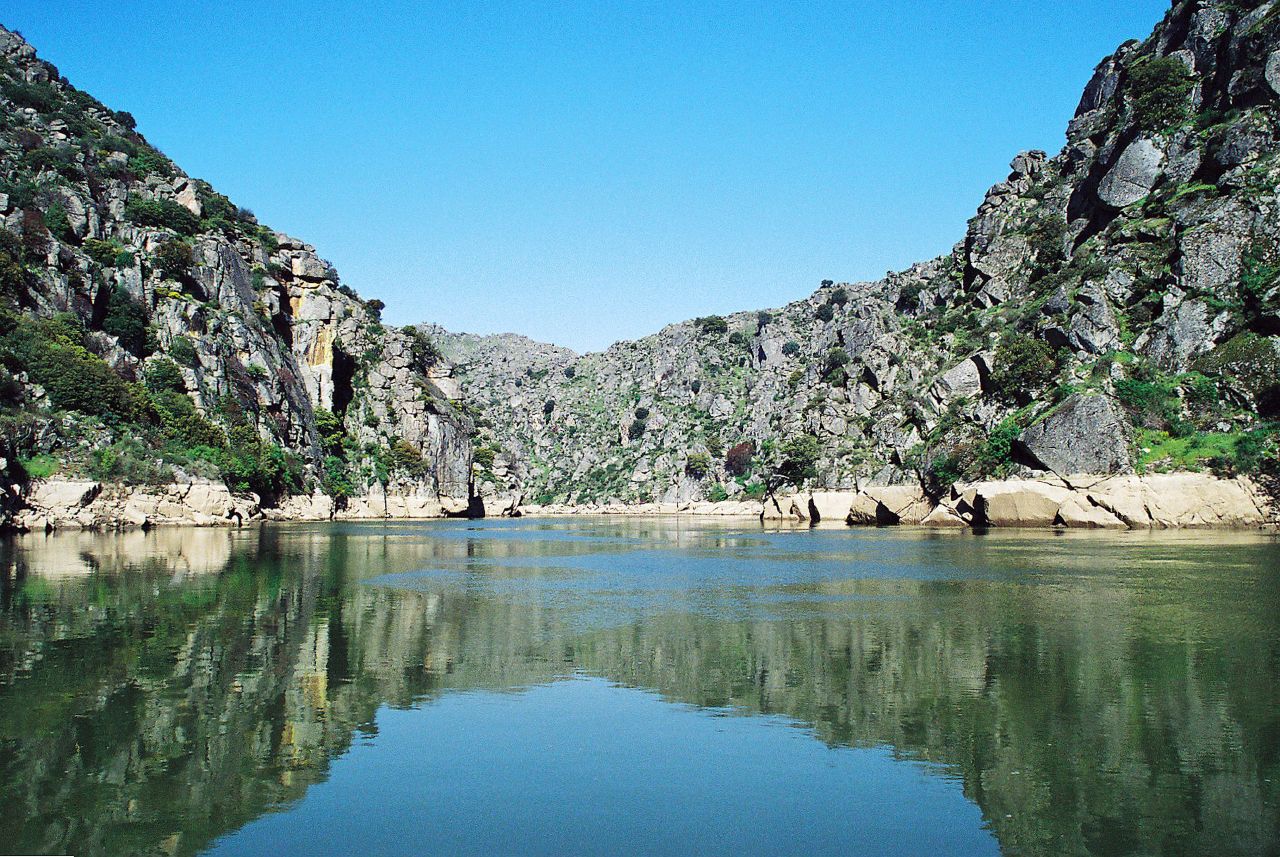
Photo by Vitor Oliveira on Flickr.
You can travel the International Douro, literally on the border with Spain, and see the amazing views that nature produced there. The cliffs and olive trees all around will take your breath away. Definitely an afternoon well spent!
Other things to see
You can see a part of the Aqueduct of Vilarinho behind the Old Cathedral, the aqueduct that supplied water to the city from the 16th until the 20th century.
Besides this, don’t forget to visit the nearby villages and places! You have Picote, which we mentioned before, that is a beautiful stone village that you are guaranteed to fall in love with and that has an incredible view of the Douro River. You also have Sendim, home to its own variety of Mirandese and to the famous dish of “Posta Mirandesa”, and a place where you can explore the nature in the “Arribas do Douro” Natural Park.
There are so many places to explore in this region! Try to don’t miss out on anything! And don’t forget to talk to the locals to see the best places and to get the best food!
Booking.comFinal Remarks
The Land of Miranda is a very beautiful place where you can encounter almost anything you’re looking for in your trip: history, nature, lovely people, culture, peacefulness. The only thing it’s probably lacking is the sea, but the Douro River will definitely do nicely!
In its capital of Miranda do Douro you will find a great base to discover the rest of the region and to get yourself immersed in that amazing culture. Get the most out of this unique place that most people (outside of the Iberian Peninsula) don’t know about!
I hope you have a great time discovering this little diamond in the far interior of Portugal!
⬇️What are your favorite things to do in Miranda do Douro? Let us know in the comments below⬇️

